Blog » How to Guides » Finding Life Coach Jobs & Opportunities A Detailed Checklist
Finding Life Coach Jobs & Opportunities
A Detailed Checklist
This is a detailed checklist on finding life coach jobs and opportunities.
In this comprehensive guide, I will cover:
- How to look for life coach jobs and opportunities.
- How to build credibility online and offline.

- Creating a resume/CV/Cover Letter template and interview skills.
- How to start working on your coaching business.
So if you’re looking to switch careers and become a life coach, or just want to supplement your current salary, this guide will give you a complete understanding of how to go about finding life coach jobs and opportunities.
Keep a pen and paper handy for this detailed checklist.
Let’s jump right in!
Don’t have time to read the whole guide right now?
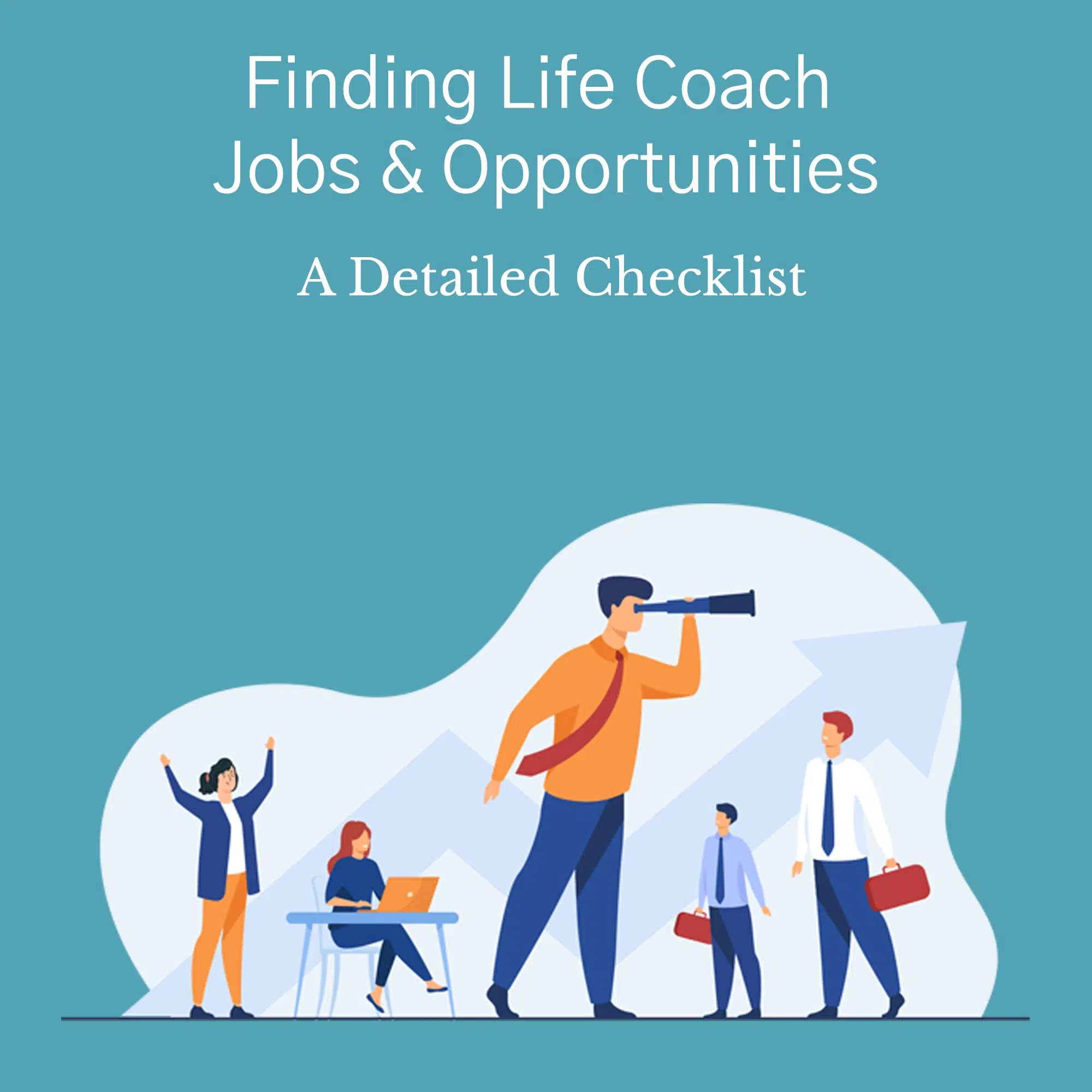
No worries. Let me send you a copy so you can read it when it’s convenient for you. Just let me know where to send it (takes 5 seconds)
Yes! Give me my PDFContents
Step 1:
Find Your Niche
If you’re a life coach who is just starting off, here’s a nugget of wisdom: it is estimated that over 90% of coaches fail because they do not have a niche.
A strong building needs a strong foundation. And just like that, if you want to build your coaching business to great heights, you need to lay a strong foundation for it.
An effective niche is that strong foundation.

What is the importance of a niche?
A strong niche is effectively the foundation upon which your entire career as a life coach will rest. This is why figuring out your niche is the first, and most important, step of your journey.
When you want to figure out your niche, you have to ask yourself two basic questions:
- WHO do you want to target?
- WHAT do you want to do for them?
When you combine the WHO and WHAT aspects, you will arrive at your niche.
For example, you want to coach women who are in the age bracket 20-25 and want to increase their salary by 25% in the next year. That’s your niche, right there.
We’re going to get into all the details of selecting a niche; before that, though, it’s important to judge the authenticity of your dedication and passion for life coaching.
Taking on the responsibilities of a life coach is a big decision to make.
So to start things off, we are going to be looking at how you can start this process. We firmly believe that it is only when you have clarity about your own goals, that you can truly add value as a life coach.
So the checklist for this first step is all about self-reflection and introspection.
CHECKLIST
1. Initial Questions to Ask Yourself
We understand that one might face trouble while initiating a shift in careers, or — specifically — in starting off in a new field.
So we’ve done you a solid, and compiled a short list of questions that should help you introspect, and judge your own authenticity and dedication towards the field of life coaching.
These are preliminary questions to ask yourself to understand your inclinations better; there are no right or wrong answers, only the answers that are right for you.
We suggest you jot down the answers to these questions, just for yourself:
- Why do you want to become a life coach?
- What do you love about coaching the most?
- What are your three favorite self-help books?
- What is the biggest challenge you’ve overcome in your life? How would you help someone if they were in a similar situation?
- What would a successful life look like to you?
- What can you do that will bring more joy, happiness, and a sense of achievement in your life?
2. Conduct research and find clarity on the kind of work you want to do
Now that you’ve answered the WHO and WHAT questions and judged your authenticity and passion, I’d suggest you spend some time thinking about selecting your niche.
Here are some more questions to ask yourself:
- Is your target market large enough for your business to be sustainable?
- Is your target market easy enough to find? Can you market your services easily? What is the cost of acquiring a client from your niche?
- Is your target market comprising people who would passionately avail of your services?
- Will your target market have the ability to pay you?
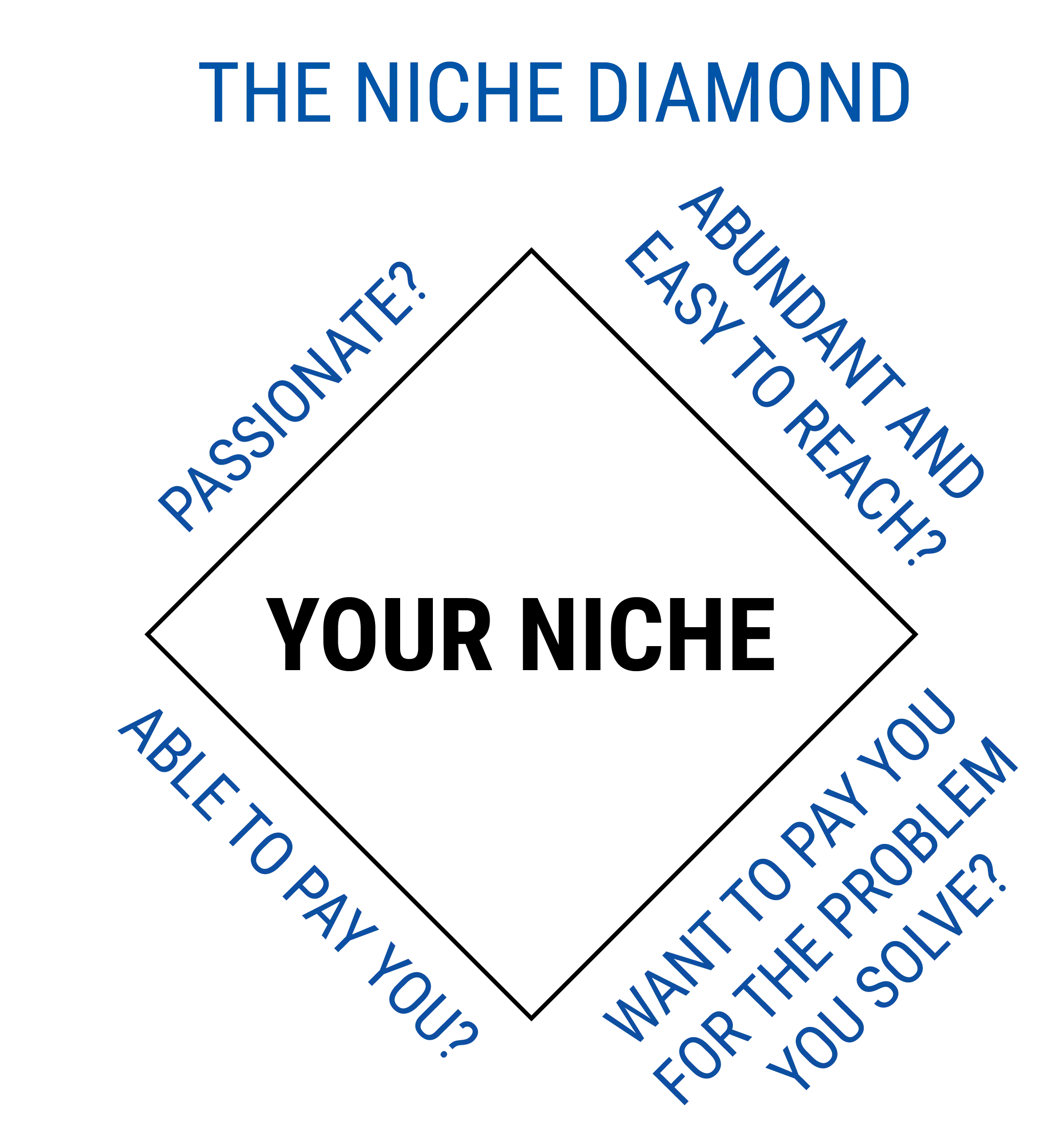
Check out this video I made on the difference between a high-paying client and a low-paying client:
Now that you’re thinking more closely about the life coaching market, you must be wondering what types of niches exist already and which one you might be best suited to.
We’ve gone ahead and outlined the main niches that exist in the life coach market for you, with salaries to boot.
- Career Coaching
Career coaches help their clients identify goals, develop leadership skills, and plan career moves.
Salary: According to Indeed, the average salary for a Career Coach is $16.06 per hour in the United States.
- Executive Business Coaching
An executive business coach will guide a business owner in running their business by helping them gain clarity of their vision for the business, and will help them achieve their goals professionally while keeping in mind their personal goals as well.
Salary: According to Indeed, the average salary for a Business Coach is $21.19 per hour in the United States. This niche usually pays the highest.
- Health and Wellbeing Coaching
A health and wellbeing coach supports and guides clients in setting health-related goals — such as in deciding whether to lose weight, improve energy, how to better manage stress, and so on.
Salary: The average salary for a health coach is $15.36 per hour in the United States, based on data from Indeed.
- Personal Development Coaching
A personal development coach focuses on the client’s self-awareness, life goals, and personal challenges. This niche assesses the client’s strengths and weaknesses to improve certain areas of their life.
Salary: The average salary for a personal development coach is $14.36 per hour in the United States, based on data from Indeed.
Relationship coaches support couples in acquiring skills for healthier marriages and romantic relationships; they help with dealing with intimacy issues and resolving conflict.
Salary: The median salary for a relationship coach is $35.29 per hour, according to PayScale.com. The hourly rate ranges from $11.14 to $125.28.
Watch this video to know how to identify a powerful niche.
3. Talk to at least 10 people in your niche or in the online communities you’re a part of to understand the gaps
It’s important to get acquainted with the community around you.
One of the best ways to know whether a job will work for you, or how to pick out a niche based on your passions and skill-sets, is just to have a conversation!
We’ve outlined some questions you should ask in your next interaction with your target niche.
It’s important to familiarise yourself with the immediate problems around you, identify the gaps in solutions, and assess your skill-set based on that.
- Who is in your immediate niche? Look at various genders, races, classes, backgrounds, etc.
- What is your niche? What comprises the major work? What are the popular activities your community engages in? What do their physical movements, travel, art, and aesthetics reveal about them?
- What is your niche lacking? What does it have that other communities don’t?
Once you have defined your population, place, and the attitudes, you can move on to asking questions to your community.
Each situation requires a unique solution, and as an aspiring life coach, it’s important to prepare yourself for as many situations as possible.
- What are the gaps that need to be filled, when it comes to life coaching? Are people seeking more advice in health coaching, career coaching, or relationship coaching?
- How can you be a valuable asset?
- Who are the community leaders? How can you connect with them?
This type of data collection will be especially important when you get to the next few stages, especially the interview stage of our checklist.
So don’t skimp on your research!
Find the best way to collect the data. Listening to people is important, but don’t rely just on anecdotal evidence.
Take a 360-degree view of the niche.
This can be achieved with public forums, surveys, etc. It’s also important to look at existing resources like census data, health data, etc.
Once you have access to all that information, you can find unbiased and fully-formed answers to these sets of questions.
Now that you’ve recognized the gaps, let’s get started on filling them. But before we do that:
- How do your existing degrees help enhance your skills and niche? It’s important to use a psychology, anthropology, literature, or sociology degree in conjunction with a life coaching certificate.
- Have you been accredited through ICF? If so, where did you receive your training?
This brings us to our next section.
Step 2:
Obtain Certifications
If you have a coaching certificate already, skip ahead to Step 3. If not, read on.
There’s no doubt that the life coaching industry is increasingly dependent on proper certifications. The importance of certifications was gauged by ICF Global Coaching Study 2020 undertaken by PricewaterhouseCoopers.
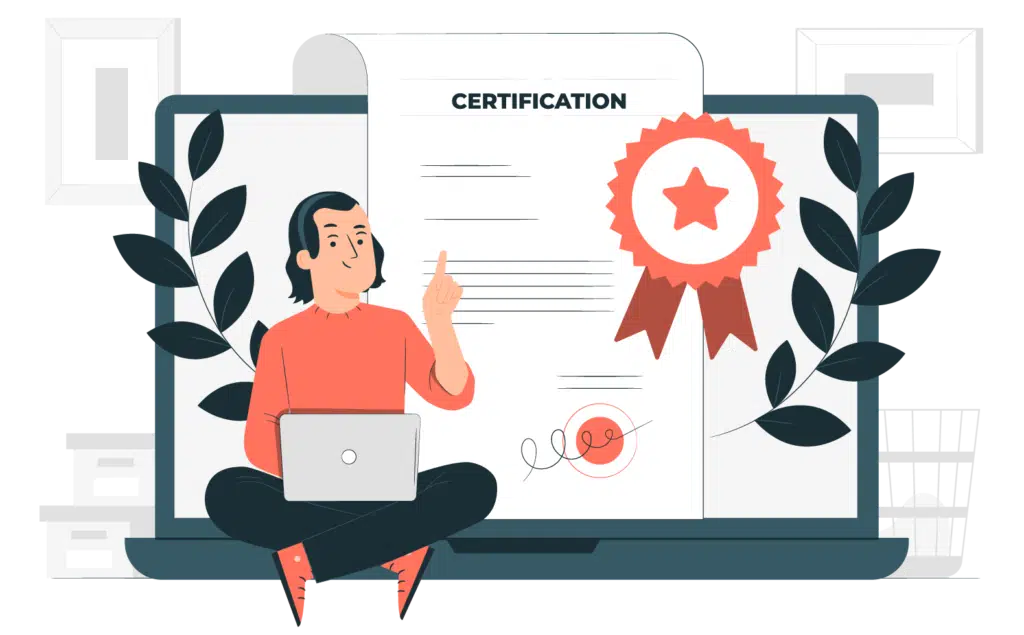
We’ll do you one better by comparing nine highly-regarded life coach certification programs accredited by the ICF, in our checklist for this step.
The Importance Of Certifications
Nearly all coach practitioners (99%) report that they have completed some coach-specific training.
Increasingly, training is through programs accredited/approved by a professional coaching organization (93% in the 2020 study, up from 89% in 2016).
93% of managers/leaders using coaching skills have received some coach-specific training, including 79% through programs accredited/approved by a professional coaching organization.
So certifications are important, yes — but how do you find the one that’s best suited to your career arc?
How To Find The Right Certification
The first step to choosing the best life coaching certification is to understand which qualification holds the most weight.
Here are the criteria that separate a great coaching program from a mediocre one —
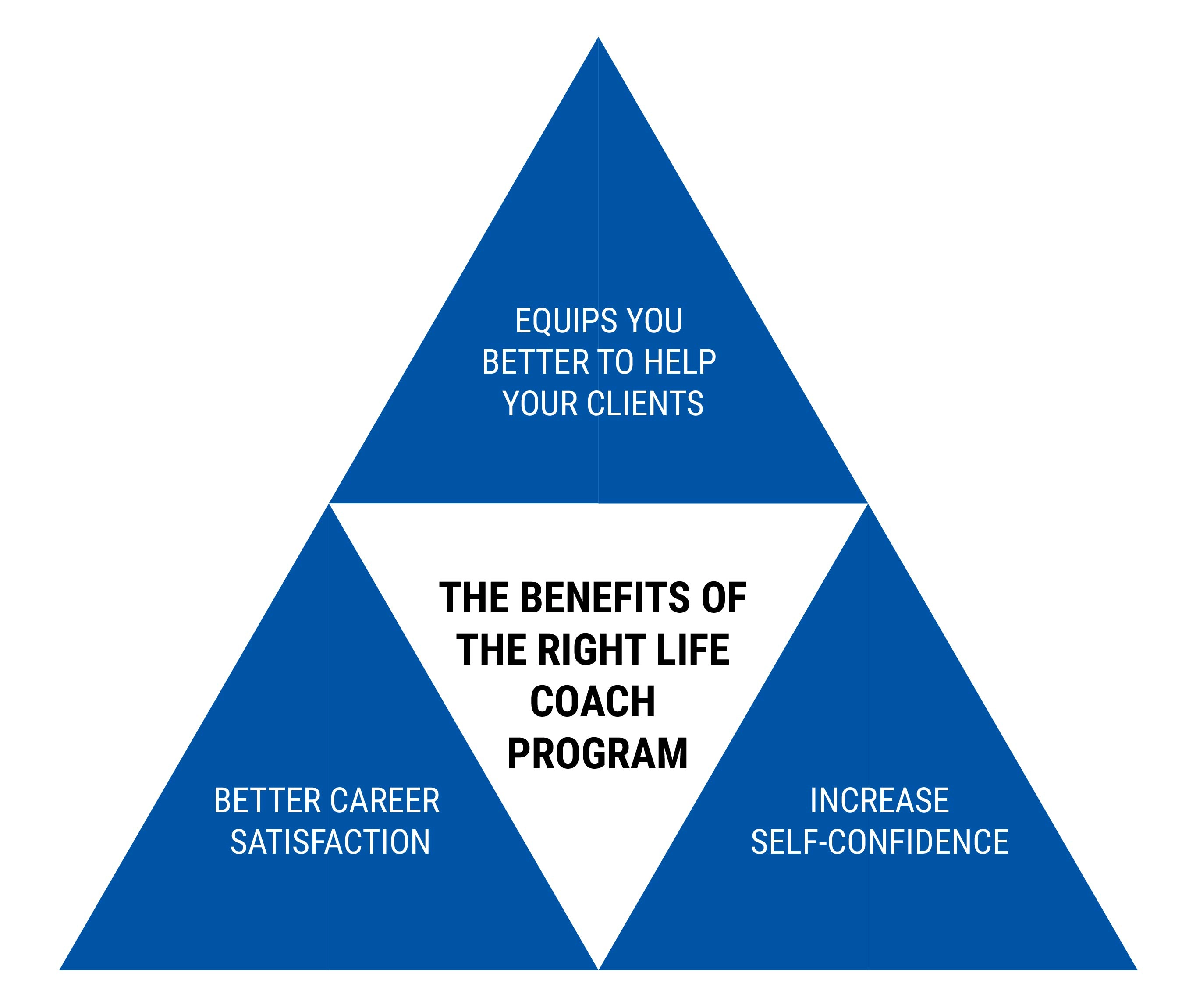
All ICF coach training programs will help aspiring life coaches to develop a professional level of communication, active listening, trust-building and knowledge of human behaviour.
All of these training programs require you to gain hours of live coaching experience under the supervision of a mentor coach.
CHECKLIST
Here are some questions to ask yourself and reflect on.
1. Do you want to become a full-time life coach?
If yes, then gaining certification is your best bet for a successful professional life as a life coach.
The Coaching Training Alliance is the best ICF accredited course, but the spots fill up fast, and you’ll probably be on a waiting list if you don’t make your decision about enrolling quickly.
2. There Are Three Levels Of ICF Accreditations:
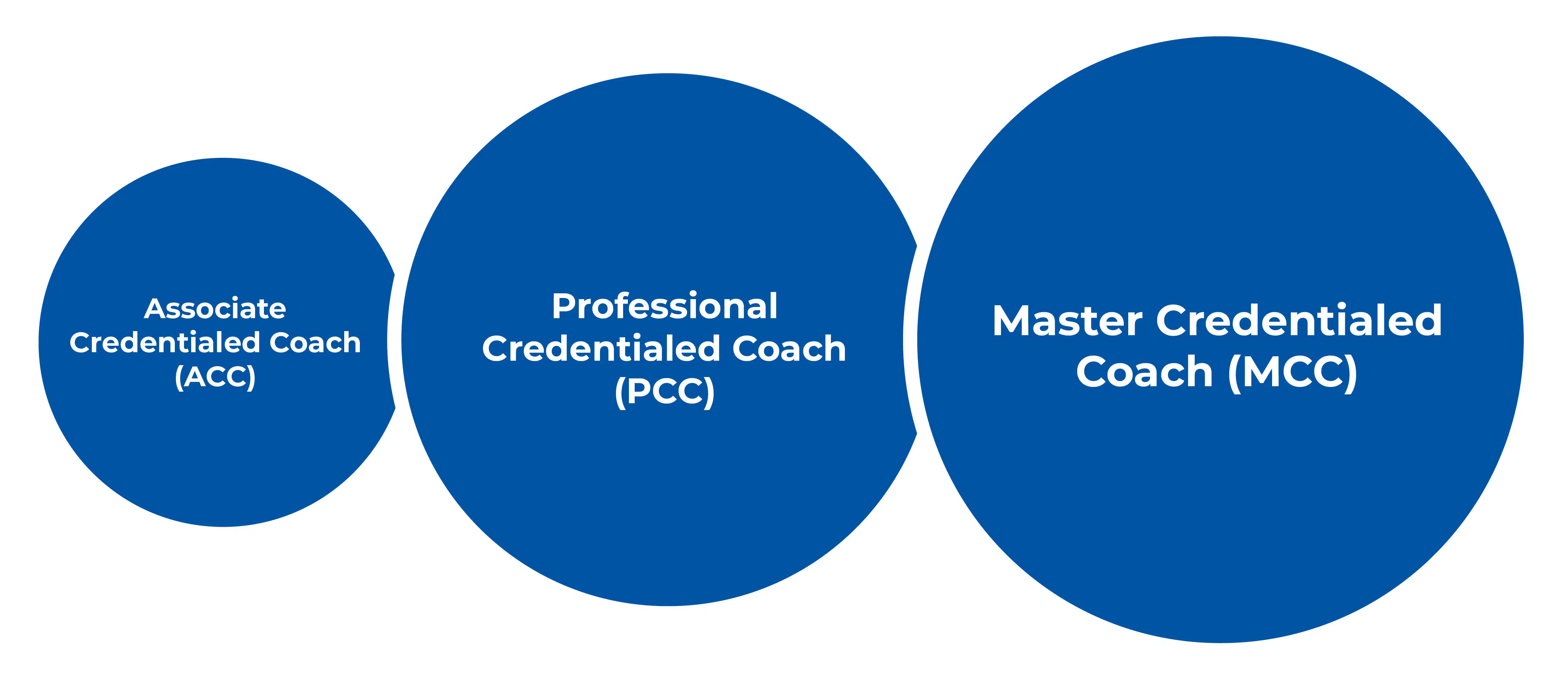
The latter accreditations are more advanced and may help you to stand out from your competition.
3. What is the length of the program you’re looking for?
Most coaching certificates are flexible with a specific number of CCE hours (or Continuing Coach Education hours) to complete.
It’s worth considering whether you prefer deadlines or flexibility. There are also many options for self-paced certificates.
While some are more strict about their deadlines, the length you choose can also be looked at in conjunction with whether you are taking online classes or face-to-face classes.
For instance, how often can you afford to go to your coaching institute?
4. How much are you willing to pay?
Can you only afford to pay through student loans? In that case, you will have to specifically look for options that allow for student loans as payments.
Many mid-range courses provide a great certificate without breaking the bank. You need to consult your needs before you set your budget.
5. Do you want specific training for setting up your own coaching business?
Perhaps you already have a business degree and now all you want is a coaching certificate. So how flexible do you want your program to be?
Some courses connect you with existing communities and even give you marketing lessons, while others just leave you to your own devices. Which option would you prefer?
Here’s a primer video to start you off:
6. Most courses require you to spend a specific number of hours coaching others under the supervision of a certified coach
These are often referred to as Continuing Coach Education (CCE) hours.
My suggestion is — don’t skip out on the CCE hours.
Most highly rated coaching certificates are well known because of their number of CCE hours. There’s nothing like learning from an established person in your field.
How many of these hours are you willing to put in?
7. Are you looking for additional support such as a Facebook community for your course or online webinars?
I’ve looked at some of the most popular courses available for life coaches that are also ICF accredited.
Let’s take a look at the program length and flexibility, the CCE hours, the price, and what types of additional support the courses provide.
While some courses allow you to get the certification, others go the extra mile to provide you support in setting up a business by teaching you marketing or connecting you with communities.
You should do extensive research on courses before picking the one that aligns best with your goals.
| Name of Course | Program Length | CCE Hours | Price | Additional Support |
| Coaching Training Alliance | 6 Months | 50 | $3,645-3,843 | Includes a textbook, group-mentoring, private FB group for support, added emphasis on business building |
| iNLP Center | Self-paced (usually 6 months) | 60 | $2,520 | 25+ group coaching sessions per week, free marketing course included after you qualify, private FB group. |
| iPEC Coaching | 90 hours split over 7-8 months | 64 | $11,950 (student loans applicable) | Weekly coaching seminars, 25+ group coaching session, private FB group, free marketing course upon qualification, app to assess your performance. |
| CoachU | Self-paced work of 77 hours (usually finished within 6-12 months) | 20 | $3,555 | Free PDFs, teaches you how to set up your business, you can retake classes for free for six months after graduation. |
| Life Purpose Institute | 60 hours, set over either 3 days, 3 months, of 6 months. | 10 | $2,500 (negotiable) Option for in-person and online classes | One-on-one support from coaches outside of class hours, business resources, life-long marketing support |
| Erickson International | 70-154 hours depending on your choice of certification | 10 | $5,250 for Qualification certification$10,050 for Diploma (option of in-person training) | Group mentoring, one-on-one feedback from professional life coaches |
| The Institute for Life Coaching | 88 hours compulsory + 42 hours optional | 130 | $7,700 | Mentor coaching hours and peer coaching hours are included, flexible self-paced programs divided into convenient modules. |
| Certified Life Coach Institute | 65.8 hours | N/A | $1,995 (virtual training over a few days) | Discounts available on booking L1 and L2 together, handbook and Zoom masterclass. |
Step 3:
First impressions last. And that holds true every time, everywhere — even online.
On social media, you see thousands of social media profile pictures.
And every time you see someone’s profile picture, you form an impression of that person. In a split second, you decide if they are likable, trustworthy, smart… or not.

Why is This Important?
On Facebook, LinkedIn, Twitter, and everywhere else, your followers too are mentally swiping right or left, connecting or dismissing, engaging with your content, or ignoring your connection request.
Your social media persona is perhaps the most accessible way for a client or business to get to know your identity.
It’s important to have a professional image for your social media because many HR departments investigate your online presence with a fine-toothed comb.
Let’s take a cue from the PR executive who posted a racist tweet before taking off on a flight to Africa, and upon landing, found out that she was fired from her job.
Quickest lesson delivered, ever.
If you insist on holding views that are socially-frowned upon, definitely don’t post about it on social media.
CHECKLIST
1. Has Your LinkedIn Profile Been Updated With A Good Profile Photo, A Clear Summary Of Your Skills, Credentials And What And How Much You Can Offer?
First off, let’s get you a great profile picture. Here’s how to do it:
(A) Show Your Face
(B) Frame Yourself
Not too far, not too close. Let them see your face but don’t crowd the camera.
(C) Turn Up Your Smile Setting
Big smiles in profile pictures correlate with good social relationships. See below:
Notice the openness in four and five.
(D) Use Contrasting Colors
Which of the profile pictures below stand out?
Social streams move fast, so color is a great way to stand out. When colors contrast with the colors around them, they stand out.
This is simple and obvious when you think about it.
- What color are most social media websites? Blue (a cool color)
- What color is the complement of blue? Orange (a warm color)
Since LinkedIn, Facebook, and Twitter use a lot of blue, putting on an orange shirt (or any top with warm colors) will make you immediately more visible. These are also less common colors for clothing.
(E) Use A Simple Background
The focus of the image should be your face. Busy backgrounds can take the focus off of you, which isn’t ideal.
Best practices are to use a simple or flat-colored background.
Here’s an example to take a cue from:
(F) Test Your Profile Picture With A Focus Group
You can gather a group of your most reliable and trusted family, friends, and colleagues whom you know will give unbiased answers, to give you their thoughts on several photos you wish to use. Make sure to include headshots with you in different smile settings, angles, backgrounds, and attire.
Or if you want real unbiased answers, you may also get some data from a focus group by uploading some options to PhotoFeeler. For less than $20, you can get 100 people to vote on your photo on three criteria.
Upload several pictures to see how they do against each other.
(G) Get A Bit Of Brand Into Your Photo
Branding should always be on your mind. Your brand should speak through visuals, and hence, your profile photo does as well. Try and incorporate some visual imagery discretely whenever possible.
Here are five ways to sneak elements of your brand into your profile pic:
- Wear your brand colors: wear a shirt with a splash of the company colors.
- Put the brand color in the background: Put a tiny bit of your office in the background.
- Add a mini-logo: It’s hard to make it fit, but if there’s room — do it.
- Add a big logo to your background image: Much easier to make it fit in there.
- Live the brand: George LeClaire is a photographer, and it’s obvious from his profile picture. He’s holding a camera.
Here are examples of how brand elements can fit into a profile picture:
Pro Tip: Warning! Avoid the logo profile pic.
As we said in tip #1, faces are powerful imagery. Using a logo as a profile picture is a missed opportunity to be human and personable.
If you’re a mega-brand, of course, you’ll use your logo in your social accounts. But for most companies, avoid posting from behind a logo if at all possible. It just isn’t as social. Instead, use the face of someone on the social media team.
(H) Use The Same Headshot On All Your Professional Profiles
This is especially important for people with common names. If someone sees you in one place and wants to connect in another, make it easy for them by using the same picture on all of your professional social media profiles.
If you do this, it will be extremely helpful for people to reach out to you because, like a name, it has a “recall”. There was a time I was emailing someone named Brian and decided to reach out on LinkedIn. But there are 430 Brians with his last name. And his profile picture wasn’t helpful.
If you look me up on Facebook or LinkedIn, you will see the same headshot used on my profile photos. I use the same photo across all my online content. I’d say my name is not at all that common, but I still make sure people can look me up quite easily.
ProTip: It’s easier to become recognisable if you don’t change it too often. Be consistent and keep the same profile picture for a year or two at least. These pictures are identifiable because they were used for years.
(I) Use A Professional Photographer
If you’re serious about social media marketing, consider hiring a pro. The difference in quality between professional and amateur work is huge.
2. Check your Facebook, Twitter, Instagram thoroughly
If you’ve been using the same social media accounts from when you created them in middle school, chances are there’s a bunch of embarrassing stuff there.
When in doubt, choose to delete.
Scroll down for at least a year’s worth of feed.
Are your personal photos too provocative or barely even passing the community guidelines of the social media in question? What about when you scroll down further?
Excessive PDA, risqué images, posts about alcohol/drug consumption, etc. can look very unprofessional.
The guide above should be helpful enough for photos. But the same kind of thorough clean-up is required of all the content you share.
Too many political posts, personal opinions, etc. can be seen as spamming or trolling. The content you put up on social media needs to be managed and suited to your brand image.
3. Are you certain there is a clear differentiation between your personal and professional social media?
Have a dedicated professional account that employers might check before hiring you.
Make a Finsta account if you want, something only for close friends. If you do not have two different accounts, then have you made sure your social media profiles align with what you are offering professionally?
Now that we’ve covered your online base, let’s move on to using the base to connect to communities.
As in any budding career, the most important step in finding jobs and establishing your name is to build your credibility.
This happens with a clean social media, but also with the strategic use of your online and offline presence.
Step 4:
Build Credibility — Online and Offline
We are in the age of social media, and there’s no denying that building a professional social media presence can make or break a good career.
Most clients are likely to check your social media to see what kind of posts you put up, and what kind of communities you’re acquainted with.

Your social media presence needs to be strategically amplified. Most modern-day networking too takes place online. This leads to wider reach with more diverse communities.
All you need to understand is how to get your foot in the door — and I’ll be guiding you through exactly this.
CHECKLIST
1. Have You Found Online Networks To Make Guest Appearances Such As Blog Posts, Podcasts, Talks, Radio Shows, Etc?
Making a guest appearance on existing podcasts or radio shows is a great way to put the word out about your shift to life coaching as a career.
Without having to invest anything but some time, you can gain access to established communities of the host and reach out to a large number of people to strategically amplify your brand.
We’ve found a great radio network for you to do just that.
2. Are you strategically using your online presence to promote your niche-specific coaching, especially on LinkedIn?
LinkedIn should ideally be one platform you’re really active on, and the idea is to find communities to connect with.
The functionality of how you find groups on LinkedIn is very similar to how you do it on Facebook, but it is a better platform than Facebook for promoting your business.
Meetup is good for business and personal development niches, the same is true for Facebook as well, but LinkedIn is particularly good for business niches.
You’ll find A LOT more business-related niches.
Here’s how to find communities on LinkedIn Groups:
Step 1: In the search bar, type in your pre-determined keyword, and select ‘See all results’:
Step 2: In your results, click ‘More’ on the top filter bar, and then click ‘Groups’.
Step 3: Once you do this, you’ll see all kinds of groups that you can log into your JV hit list, but it all starts with the keyword.
Step 4: Choose groups with at least 1000 members or more, and check if they are relevant to you
Next up —
3. Have you worked on a plan to build a basic website?
A website is the business card of the internet age.
How many times have you used the phrase “Google it”?
Having a website legitimizes your business. Your website will be the center of your company’s online presence.
According to a survey, 81% of people research things online before making a purchase. And that number is ever increasing.
And even then, almost 45% of small businesses don’t have a website!
Running an online coaching business doesn’t mean having a complex website.
It is important to have an effective website rather than a complex website. An effective website with few pages can be a great fit for you to go digital.
It can also be a great tool to collect testimonials, get clients, and build recognition.
Want to dig deeper into the critical elements of a website? Check this out.
4.Try to get video testimonials and put them up on your YouTube channel
If you’re yet to work with your first client, I suggest you hold pro bono sessions in exchange for testimonials; they truly help to lend credibility.
Video testimonials are not just important for feedback, but also to showcase to the world your skill and expertise.
The reason I suggest you upload testimonials on a public website like YouTube is that anyone researching you can easily spot your testimonials, and this would instill faith in your work.
Here are a few questions to ask your first few clients to get feedback:
(A) How was your experience working with me?
(B) What was your favorite part about working with me?
(C) What are the results and outcomes that you have experienced after our work together?
5. Form partnerships/earn affiliate income
Find brands whose services are complementary to yours. If you’re a health coach — tie-up with nutrition bar brands, etc. Try and approach this creatively, you’ll be surprised by the individuals and brands that you can find a logical way to tie up with.
You can also join independent life coaching associations that have a members’ referral site such as the International Coach Federation.
6. Attend Online Summits and Conferences
Just because you’ve got your certification doesn’t mean that your learning should stop!
Summits, conferences, and open webinars are all great resources for you to expand upon your knowledge, but it’s also a great tool to network with people in your community.
Here’s a link for summits and conferences to attend in 2021.
7. Are you up-to-date with what other life coaches are doing to amplify their online presence, such as subscribing to blogs and newsletters, visiting websites, attending webinars, etc.?
A couple of questions to check off your list:
- Have you found social media groups to join? These can be professional Facebook groups started by other life coaches or groups from your certification institute. Search through industry-related hashtags from your location, and join groups that are relevant to your niche.
- Have you attended at least one seminar/webinar where you spoke to another life coach?
- Have you found someone who can mentor you?
Now that you’ve learned to maneuver through your online and offline networks, you’re finally ready to start looking for jobs.
By now, you should have a professional social media presence, a basic website, some testimonials and experience, a niche-specific community, and a larger life-coaching community you interact with.
So let’s move on with how to use all the things you have to get a rewarding and lucrative job!
Step 5:
How to Look for Jobs
Finding a job can be an overwhelming process, but don’t worry. I’m here to guide you through the many possible routes you can take while looking for jobs.
It’s important to know that you will not immediately start making a lot of money as a life coach. Your experience is what will help you fetch the big bucks, so concentrate on just that. When you pick out clients from your niche, don’t start by charging what a top life coach might. Be practical.

Before you look into finding jobs, make sure you’ve covered all your bases — this includes CVs, cover letters, and testimonials.
CHECKLIST
1. Have you found what kind of institutions you are interested in working with?
You should dig deep and find where your interests lie. This can include big corporations, small start-ups, life coaching businesses, or government institutions.
If you’re interested in working hands-on with a small setup, a start-up will be the best place for you.
If you’re more interested in spaces that are already set up and function with lots of employees, then look for bigger companies.
If you’re interested in the type of benefits government employees avail, then look for governmental branches and institutions.
Do you want a salaried position in an institution or do you want to freelance?
“I’ve worked with clients from virtually every walk of life,” says Mary Allen, who calls herself ‘America’s Inner Peace Coach’. “Business owners, professionals (accountants, lawyers, engineers, doctors) and creative types (graphic designers and artists). I’ve also attracted lots of coaches, authors, speakers, and transformational leaders. I’ve worked with busy stay-at-home and working moms.”
As you can see, almost anybody can be a potential customer — as long as they have goals they are motivated to achieve.
2. Have you found a way in which the niche you are specifically interested in can benefit potential clients and institutions?
For instance, if you are a Health and Wellness Coach — think about the goals you’re interested in helping your clients achieve.
Decide what you specialize in so that you can position yourself as an expert in solving a certain problem; perhaps it is to help your clients increase their immunity, eat a more healthful diet, or exercise regularly based on their targets.
Also worth thinking about is how you can enhance your skill sets according to the need of the hour, and what the gaps in the market are currently.
3. Have you looked for coaching jobs in your area or remote positions through internet searches and job boards?
There are multiple job boards on the internet like Indeed, ZipRecruiter, Monster.com, Seek.com.au, Glassdoor, etc.
Let’s look at this process in a little more detail. Say we want to use Indeed.com to find a suitable job.
Step#1: Visit the Website and Put in Your Enquiry
This part should be fairly simple. Type in a specific job title. Don’t just say “coaching,” because this is too vague.
If your specialization is in Health and Wellness coaching, use different keywords within that to find the perfect job. All your recent searches will be stored on the website, so you’ll know which keywords you’ve already used.
Put in the location where you want to work, too. Chances are, even if the company is based in a certain area, they might have remote options for coaching.
So don’t stick to just your pincode. Search for as many as you like!
Step#2: Filter Out Your Search Based on the Results
In most of the job boards, you’ll find many filters. One of the best filters to look at is the one titled “Job Categories.”
Here, you can specify your field a little more clearly — whether it’s health, personal, career coaching, etc. The other important one is “Job Types.”
Here you can specify whether you are looking for a full-time position, internship, or contract.
You can specify what kind of experience level you want to work with, as well. Since you’re just starting out, choosing entry-level will be best.
You can also click on the heart to “like” a certain job; this will be stored in the server. Your job search will also tell you when each job was posted, and what the expected salary is.
Try out a search and slowly fill in the filters and see what you get!
Step #3: Click on A Job You Like and Read the Fine Print
When you click on a job you like, you can read the full job description, requirements, benefits, and tasks. Read this thoroughly and see if it matches your interests and skill level.
Step #4: Start Applying
For any of the job boards you use, you will have to make an account to start applying for a job.
For all your applications, you’ll get a place to attach your CV and Cover letter. We’re going to circle back to this in just a moment.
4. Ask for referrals from people who already work at the organization you’re hoping to get hired at
This is an effective way of looking for jobs. Here’s how you go about it:
Step 1: Send a friend/connection request on LinkedIn or social media.
Step 2: Enquire about what it’s like to work at their company. Here’s a template you can edit and use:
Step 3: Once the person responds, you can ask them whether it would be possible for them to refer you to someone in the hiring department internally.
Simple, right?
You can start by looking out for people within your community — as they say, it is indeed about who you know.
5. Have you prepared by setting realistic targets of what to expect from a job when you’re just starting out?
This includes your expectation of a salary, your hours, benefits, and the type of clients.
Don’t put too much pressure on yourself to get the highest possible salary in the first go, but also remember not to undersell yourself.
Setting realistic targets goes hand-in-hand with optimizing your search on job boards.
It’s important to assess your worth in the profession with a clear mind. Remember — the more experience you have, the more exclusive and well-paid you can be.
6. Have you got a pitch ready for yourself, along with a customized CV and cover letter?
Along with your CV and cover letter, which we’ll discuss in greater detail shortly, it’s important to always have a pitch ready. This would include your experience, your certification, and your niche.
Think of it as a clever “elevator pitch”.
Go the extra mile. Print business cards and always keep them handy when you attend to your community or offline networks.
Strike up conversations with people. And don’t just talk about yourself — ask other people questions, too.
7. Have you looked up the careers pages of different govt and corporate organizations? Can you think of custom proposals for them and how to set up an inquiry?
Government organizations are a good starting point and will probably lead you to a huge part of your niche.
There are also many perks that come with government positions, which can benefit your overall lifestyle.
As Success Coach Melanie Pritchard aptly quoted in her LinkedIn article, “Workers at all levels of the corporate ladder are enlisting coaches for guidance on how to improve their performance, boost their profits, and make better decisions about everything from personnel to strategy.”
8. Have you optimized your use of online and offline presence to look for jobs, specifically with your mentor?
We’ve covered the importance of building and expanding your online and offline networks in the earlier section already. But you have to keep thinking of it strategically.
Have you found a mentor? Can your mentor help you take the next few steps and help you plan an effective strategy?
9. Have you tried to make strategic partnerships with other members from your niche?
Sometimes this can be as simple as sending them a friend request or following them and dropping them a message. Don’t be shy!
10. Have you looked at coaching providers?
Here’s a list of coaching platforms, updated in 2020.
On to the paperwork
Step 6:
Create a Resume/CV/Cover Letter Template
A customized CV and cover letter are key; they are the first impression your future employer will take away from you.
The CV will span your entire career history and qualifications, and the cover letter will answer specific questions that the employer might have of you.
Both your CV and cover letter must be clear and concise. Remember: your cover letter should reflect the job you want to have, not the jobs you’ve already had.

Once you’ve started designing your CV, and created a basic template for your cover letter, use this checklist to see whether you’ve covered all your bases.
CHECKLIST
1. Is your CV well-designed and pleasant to look at, while still looking professional?
2. Have you tried using a customized CV creator such as Canva?
This is a free service that gives you many templates to choose from, each of which can be customized, with aesthetically pleasing color schemes and sub-sections already created for you.
3. Have You Customized Your CV To The Job You Want?
This CV template includes educational history, contact information, and even a professional headshot, without distracting from important information.
Check out the first three templates here if you’re a sports coach; you can edit them to suit your personality and brand and use them for your CV.
4. Have You Hyper-Linked All Your Social Media Accounts And Online Profiles On Both Your CV And Cover Letter?
5. Have you included all your relevant past work experience and certifications?
Not just your certification, but also any past degrees you have that might be relevant for your work.
This would mean expanding on the kind of grades you hold, how many CCE hours you’ve clocked, when you got your certificate, how many clients you’ve had since then, etc.
Make sure your time since you got your certification has been accounted for. For example, if you got certified in 2015, but only started looking for coaching jobs in 2020, your recruiter will ask you to account for this time.
So keep your answers ready!
6. Have You Proofread Your Text And Standardized Font Styles?
Notice how all the text is aligned and formatted perfectly? If you’re ever in doubt, just use Times New Roman, 12 pt, double-spacing in both your cover letter and CV. Source
Proofread your CV and make sure you’ve got a standardized way in which headings and text appears.
If two headings are in 14 point and one heading is in 16 point, your recruiter will catch it right away.
7. Does your cover letter answer the specific question of why you want this particular job?
Let’s say your job opening is looking for a coach with a flexible approach, who is enthusiastic and can work with large teams. Now, make sure your cover letter details how flexible you are.
Focus on any instances where you can show your flexibility and reliability; showcase instances in which you’ve taken initiative, so your employers will know about your enthusiasm.
Let’s say you haven’t got experience working with large teams. Doesn’t matter!
Your cover letter should still explain how your experience till date is relevant in making you suitable to work in large teams. Work around the job opening to make yourself sound like the most desirable employee.
Next — it’s time for you to put yourself out there.
Step 7:
Applying for a Job
Take all the information you’ve found, and start sending out emails or making calls to recruiters to apply for the jobs you’ve been researching.
This is the stage of the process that you’ve been building up to, so it’s important to get the details right.

CHECKLIST
1. Send an email from a professional-looking ID
Make sure you’re not using an old, embarrassing email address from when you were still in middle school.
It’s good to have your name on your email address and not clutter it with too many numbers or symbols.
2. Run a spell-check and proofread your email
You can use a platform like Grammarly. Typos and spelling errors show a lack of attention to detail or hasty communication.
Sometimes, they can be downright funny. You want to be memorable, but you don’t want a potential recruiter to remember you because of a funny typo. Like this one:
3. To-the-point language and consistent visuals
Make sure your language is consistent and not too elaborate. Chances are, your employer has already read hundreds of such emails, so make sure you’re authentic and maximize meaning per line.
Make sure your fonts and line spacing are consistent. Normal-sized serif text on emails works best!
This email is far too casual. It’s not formatted well, and it doesn’t attach a CV for reference.
Again, far too casual. Also grammatically inconsistent (freshly graduated degree). Unprofessional since the sender doesn’t know what qualifications the job entails.
Pro Tip: Have an email signature at the end. List your name, phone number, email address, and LinkedIn profile URL.
Step 8:
Interview
An interview is the stage where your employer will assess your skills and personality. It’s common to have multiple rounds of interviews, which might be one-on-one or a panel interview, in some cases.
Always remember that your employer is looking for confidence. If you believe in yourself, your employer will also believe in you. If you’re meeting face-to-face, remember to carry a physical copy of your CV and Cover Letter, and any other important documentation.
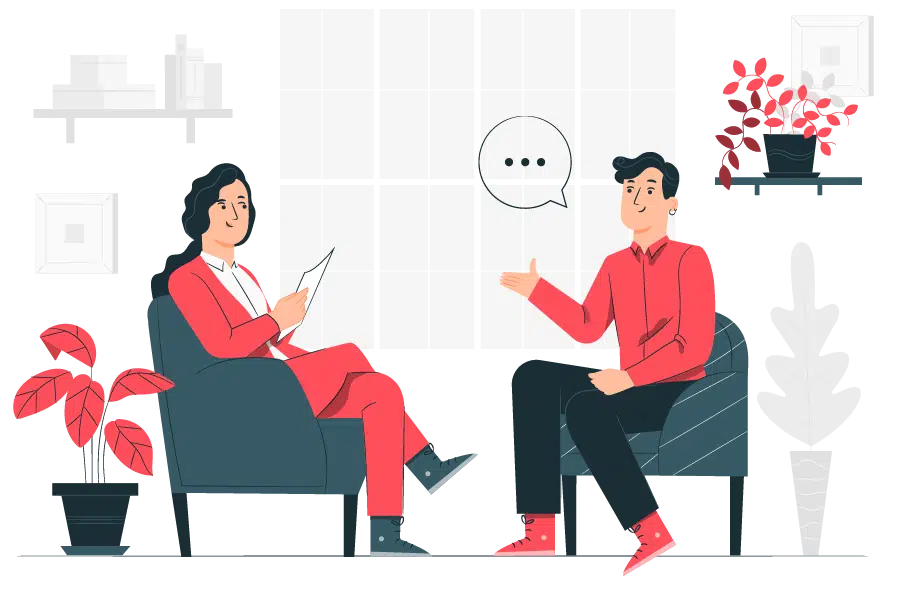
CHECKLIST
1. Dress for the job you want
Whether you are applying for a job that requires business casual, or business formal clothing, make sure your clothes are neat and clean.
This means ensuring there are no stains and you’re wearing well-ironed clothes. Collared shirts, dress pants or chinos, and dark, closed shoes are your best bet.
Pro Tip: Don’t wear strong scents or perfumes for an interview. Some people are sensitive to smells and this will only distract them from what you’re saying.
2. Ensure your background for Zoom interviews is appropriate
A simple bookshelf works really well.
An elegant, non-cluttered plain background is a no-brainer.
Make sure your lighting is good, and the focus is on you. The video should be angling towards you and not the fan.
If your house is messy, just choose a virtual background that still looks professional but covers up the mess.
3. Ensure you have a good internet connection and a microphone
Have a backup connection, if required. Do a test call with a friend, if necessary. Make sure there’s not too much echo in the room.
4. In case you’re giving the interview from home, ensure you find a quiet place for the conversation
With many parts of the world still in lockdown, most of us are still working from home and sharing space with family/friends, etc.
If you live with other people, inform them in case you have a meeting to ensure no surprise run-ins or embarrassing moments.
5. Show up before time
Don’t think that this will make you too eager or desperate; showing up a little before time is considered polite and considerate.
In case you have an online interview, it gives you a minute to preview what you and your background look like.
In case you’re having an in-person interview, you get a chance to view your potential workplace and see what the other people are like.
6. Here are some practice questions to build your confidence before your actual interview
- How long have you been coaching?
- Which areas do you focus on?
- Why did you decide to become a life coach?
- What are your favorite self-help books?
- How would you describe your approach to coaching?
- What type of clients do you like to work with most?
- What is the biggest challenge you have helped a client through?
- What frustrates you the most about your clients?
- What do you expect to transpire from each coaching session?
- What’s your policy on scheduling coaching appointments?
- What is the biggest lesson you’ve learned through coaching?
7. Material to be prepared with
If you have worked with other people, make sure you get along —
- Testimonials
A testimonial is an endorsement wherein a past client will testify to the quality of your services.
If you have had clients in the past, make sure to reach out to them and ask for a testimonial. This shouldn’t just say the client worked with you, but what they liked about your services, or what they think your best qualities are.
Scout your social media and look for people who might’ve posted about your services. Share those quotes on your social media as well, to build up your credibility.
If you have any relevant comments on stuff you’ve shared over social media, that can help too. It’s a good idea to get permission before using a person’s comment or post.
You can offer a free session in exchange for a testimonial or even swap testimonials with other people in your community that you look up to.
If you have a website, then put an option for a survey to get people to testify. Don’t be shy in asking people for help! Testimonials go a long way.
- Biggest results with past clients
What have you helped your clients achieve? Don’t put this in vague terms, and don’t breach your client’s confidentiality.
Let’s say you’re a health and wellness coach.
You got two women to lose 2 pounds a week consistently rather than lose 20 pounds in a short span of time, because you believe in building good and long-lasting habits. This would be a precise measure of your results.
Be prepared with numbers, and case studies like the above.
Once you lock down a job, the next step is to —
Step 9:
Check the Documents You’re Signing
Congratulations on getting the job!
Now that you’ve received your offer letter, there will also be a few documents you will be required to sign.
I will take you through some of these documents to highlight their purpose.
It’s incredibly important to know what you sign, so you know exactly what kind of agreement you’re getting into with your employer.
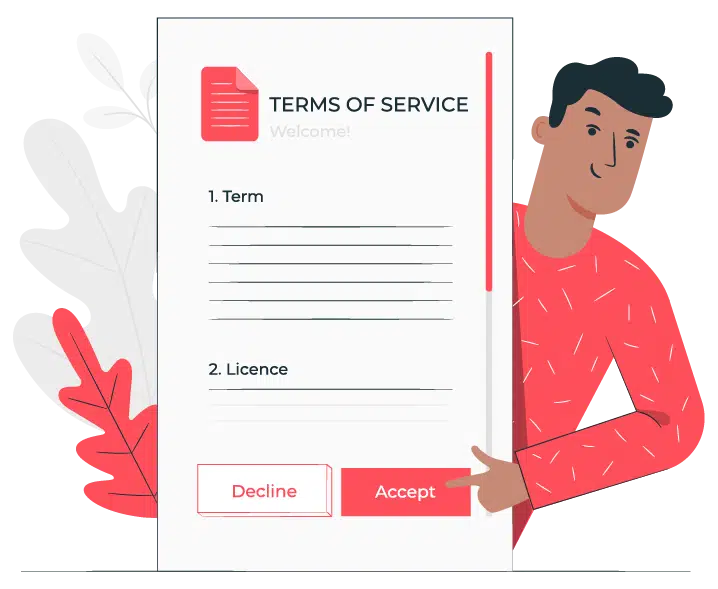
CHECKLIST
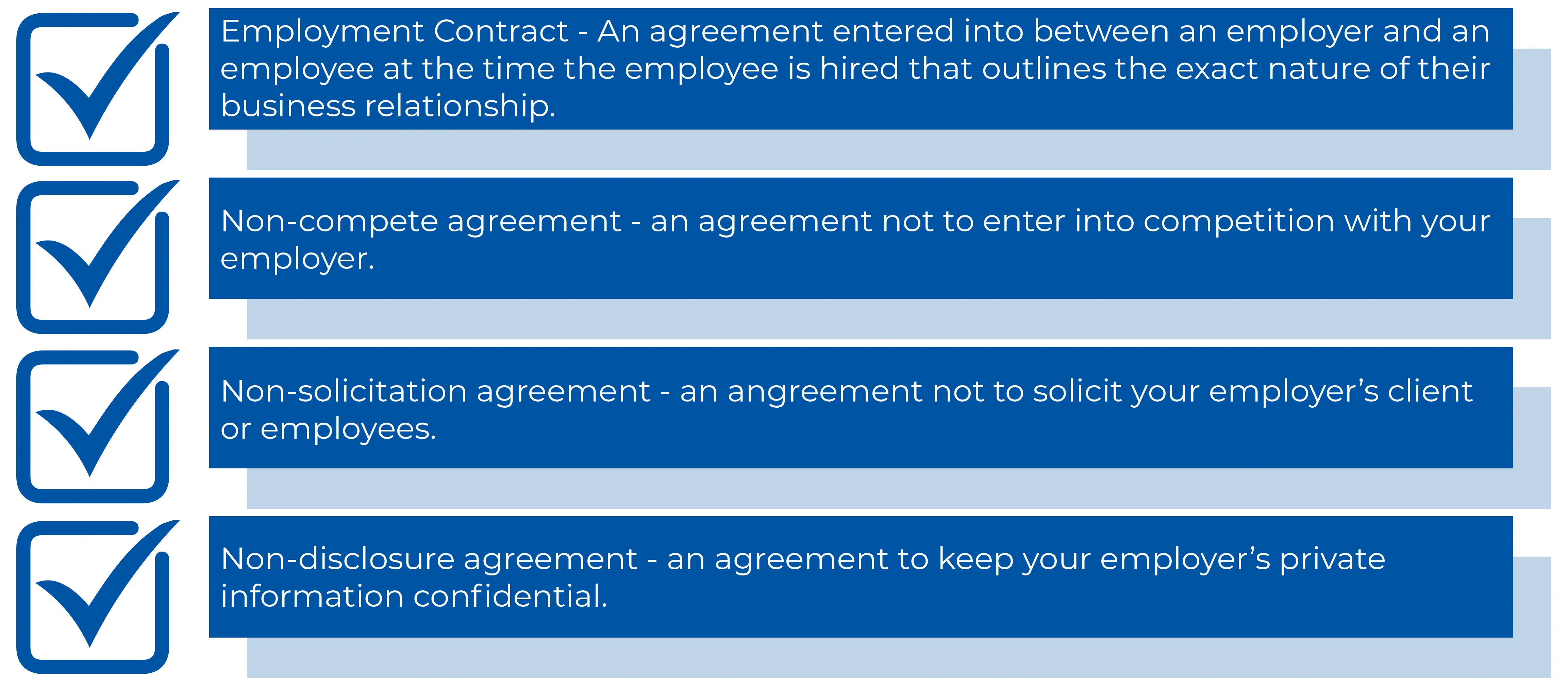
You must review all the documents you have signed, including the fine print.
Intellectual property (IP) is a broad term for intangible (non-physical) assets owned and legally protected by a company from outside use or implementation without consent.
You might end up using knowledge or know-how you have gained from your current day job, in your coaching business, as well.
Speaking of which —
Step 10:
Start Working On Your Coaching Business
Now that you’ve got the job you wanted and signed the appropriate contracts, you can finally work on making coaching a full-time business.
Only a coaching business (not just coaching) gives you the FREEDOM to coach from anywhere, travel often, live comfortably, impact many lives, and be rewarded and recognized for it.

Why you should start a business
Salaries through jobs are a good idea while you’re finding your footing in the industry.
However, with a growth mindset, most life coaches eventually come to a point in their practice when they start asking themselves, “What’s next? How do I make my coaching a sustainable profession?”
How can you go beyond the salaries that any organization will pay you and have a bigger impact in the world? Not only does a coaching business fast-forward the amount of recognition, credibility, fame, and fortune you can get, but it also helps you get long-lasting clients and increased income.
How to do it while working full-time
Setting up your business while you still work full-time is an ambitious project, but one we absolutely recommend you start off with.
Many of us feel stuck in our day job. We yearn to do something greater. Something more fulfilling where we are helping others and making the world a better place.
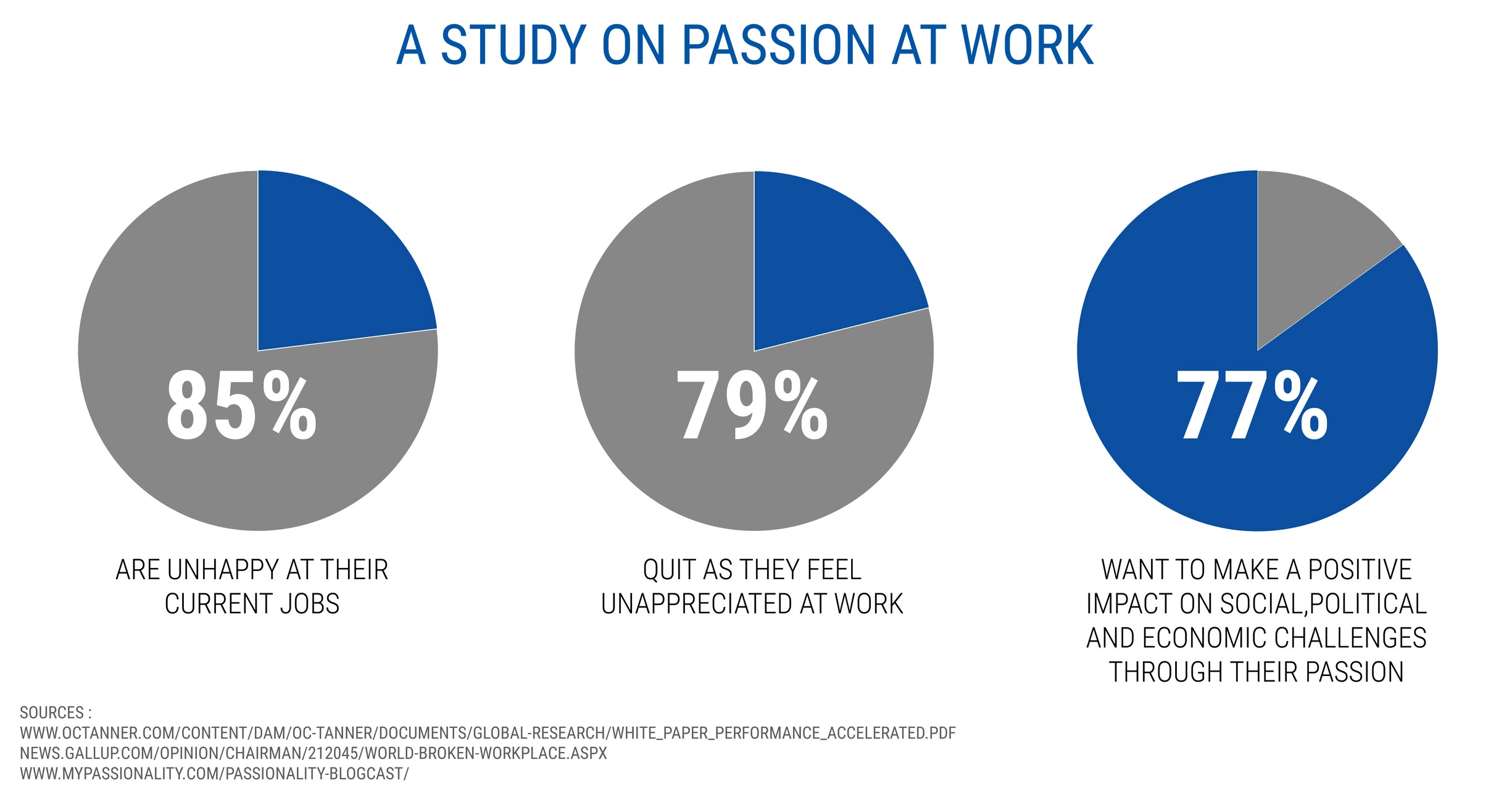
Studies show that 85% of people are unhappy at their current jobs and 77% want to have a positive impact on the world.
Coaching is no longer considered a luxury or that which is accessible only for the rich and famous. Today, coaching has become mainstream and it is almost as common as personal training.
According to ICF’s Study, the prevalence of coaching has increased by 38% in the last 8 years from 117 countries to 161 countries.
That means developing countries too are opening up to coaching.
A prime example of this is my client Anila Bashllari who started her coaching business in Albania, where coaching was unheard of.
She is now ranked as one of the top 5 coaches in Eastern Europe, and the Number 1 Executive Coach in Albania.
So what’s stopping you?
We want to provide you with a checklist that ensures you’re not spending time and money on things that don’t work, and that can help you prioritize the things you need for setting up a business.
CHECKLIST
1. How many of these can you check off the List?
(a) Make a proper schedule and establish a routine:
Yes, we know this sounds easy. But it is the most important step in learning time management.
Look at your calendar and block out all the time you need for your day job, commute, errands, meals, sleep, and anything else that is essential.
Now optimize things that you can do in this.
Are you going out to get groceries every couple of days? Will it make sense to get them done once a week instead?
Things like these are going to free up more time in your schedule. This means more time for you to dedicate to working on your business.
Now with things optimized, create dedicated slots for working on your business. These slots could be before or after your job hours and on weekends. Mark this on your calendar.
You shouldn’t have to wonder about when you will be working on your business. There should be no decision-making involved here, it should already be a given.
(B) Set your priorities
Figuring out when you can work on your business is important. Now you have to utilize that chunk of time to the best of your abilities. This means ensuring you have decided WHAT to do during that time. A simple but effective way to prioritize, is the priority matrix.
(C) Be Good At Your Current Job
Setting up a business is difficult and time-consuming, but it doesn’t mean you can slack off on your current job. Make sure the hours you dedicate to your day job are utilized doing just that. Don’t work on your side-hustle on your employer’s time. This is both legally and ethically wrong.
(D) Remember to have fun!
Don’t work every waking hour. Make time to meet your friends and spend time with your family.
Here are a few ways to prevent burnout:
(E) Make A Data-Driven Decision On When To Quit Your Job:
Don’t let your emotions decide for you. Experiencing unpleasant situations in your daily workplace cannot guide your decision to quit. You have to make sure your side hustle can sustain you financially.
Make sure that you don’t let a little bit of validation get to your head. Don’t just be convinced you’ll get a steady stream of clients for your business. Make sure you get them before quitting.
Take some time and gather your bills or financial statements for the last few months. If possible, for the last 12 months.
Go through it and list out in detail all your expenses. Be comprehensive and don’t miss anything out.
Make sure you take into account your utility bills, insurances, mortgage payments, loans, groceries, and anything else. Also, don’t forget annual or semi-annual expenses.
Now using all these, calculate your actual monthly spend.
Different people have different risk appetites based on their age and life situations.
But a general rule of thumb I agree with is that your coaching business should be generating enough profit to cover your monthly expenses consistently.
By profit, I mean the money coming in from your coaching business minus all the expenses it takes to run it.
By consistently, I don’t mean just one good month. It should have a track record of generating enough profit for at least 4-6 months.
(F) Have you considered asking your employer for part-time work?
Once you’ve eased into your job, have started working on your coaching business on the side, and are generating a bit of income from it, you can consider turning your job into part-time work.
It’s surprising how many employers will be open to you working part-time.
Even more so, if you are a valuable resource in the company. You can leverage that and eventually work part-time in your day job and focus on your coaching full-time.
Focus on learning various parts of the industry:
Now that you’re setting up a full-time business, you’re no longer just a life coach. You have to think like an entrepreneur and wear many hats.
(G) Learn to Deal with Failures and Rejections
Because you’ll be wearing many hats that are not necessarily your strong suits, you’ll find yourself struggling at many points. Don’t see this as a failure. You’re learning! Allow yourself the space to learn and make mistakes.
Recognize what helps you adapt to this process. Keep a journal, talk to friends, make sure to vent out your feelings, and don’t get frustrated with yourself.
Failures and rejections are normal outcomes in setting up a business. The idea is to keep on keeping on.
Read more on how to boost your income as a life coach exponentially here.
2. Sign up for one of our highest-rated courses on building a sustainable life coaching business.
Over 70% of coaches feel lost and overwhelmed because they’re told to do a hundred different things and they don’t know what will work.
Get absolute clarity on the next steps you need to take by joining me in this journey.
You must be aware that being a good coach is not the same as being able to start or run a coaching business. Less than 24% of coaches can sustain themselves and focus on coaching full-time.
The distinction between just coaching and running a coaching business is the most important one for you to be able to sustain your career as a life coach, and achieve your life goals through coaching.
Our highest-rated course lays the necessary foundation for you. This is a paid course but you can register for FREE for a limited time here.
Conclusion
Congratulations on finishing this detailed checklist!
By going through the various check-boxes on this list and deep introspection, you have equipped yourself with the awareness and knowledge you need to align yourself with your goals, and taken a few steps closer to achieving them.
Better still — to attract and maintain the clientele you want to work with.
You are now much more likely to succeed in creating a successful coaching career that is lucrative and gratifying at the same time.
Before I let you go, I’ll let you in on a secret —
As lucrative as the career is, any life coach who truly loves their work will tell you that the real value and gratification lies not just in the money, but in the positive change and growth they have managed to bring to their clients’ lives.
Which stage of the checklist was the most challenging for you to get through?
Is there any step you found yourself stuck at?
Do you think there is something I have missed? Do you have any questions which were left unanswered?
Let me know in the comments and I’d love to address them.
Frequently Asked Questions (FAQs)
How do I find a career life coach?
The best way to find a career coach is through referrals from friends, but you can also find great coaches online, such as through LinkedIn or coming across their websites. Read testimonials to get a clearer idea whether the coach is right for you.
Can I get a job as a life coach?
You can start at an individual level by marketing your skills and opening your business. From there on, you need to compete and reach out to your targeted audience in an attempt to turn prospects into clients.

Download a FREE PDF version of this guide…
PDF version contains all of the content and resources found in the above guide.
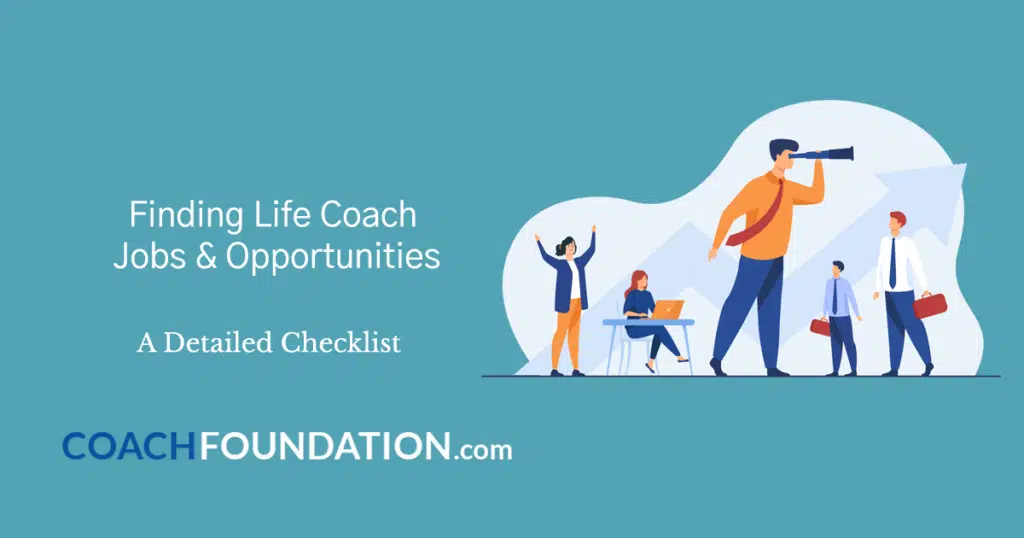


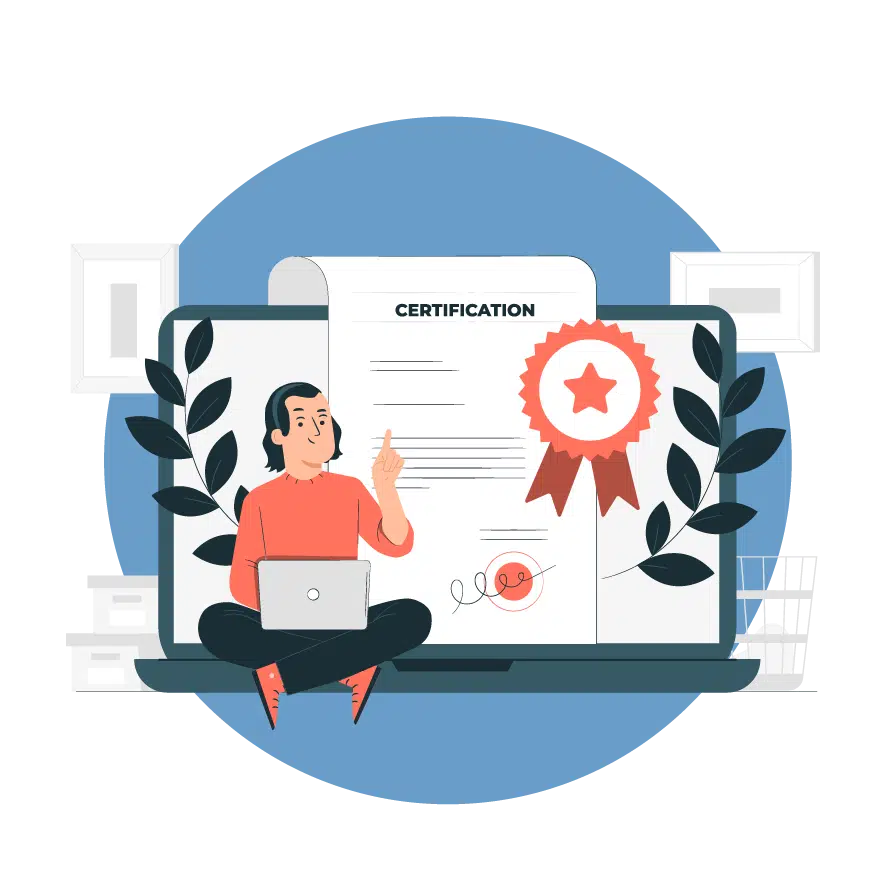


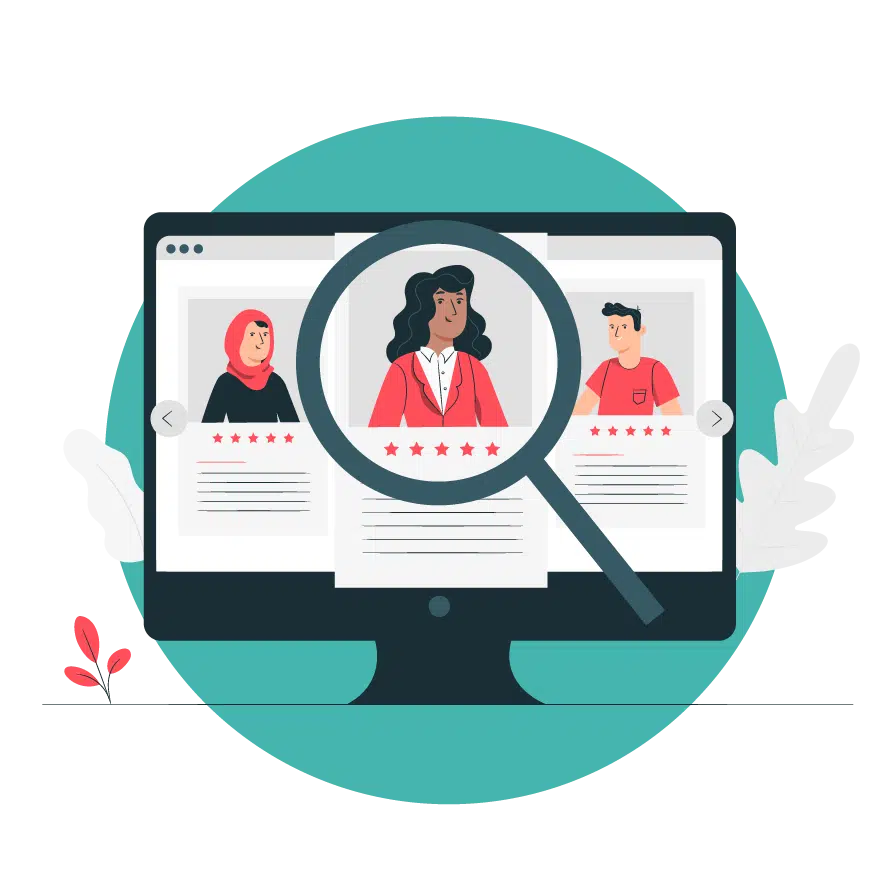
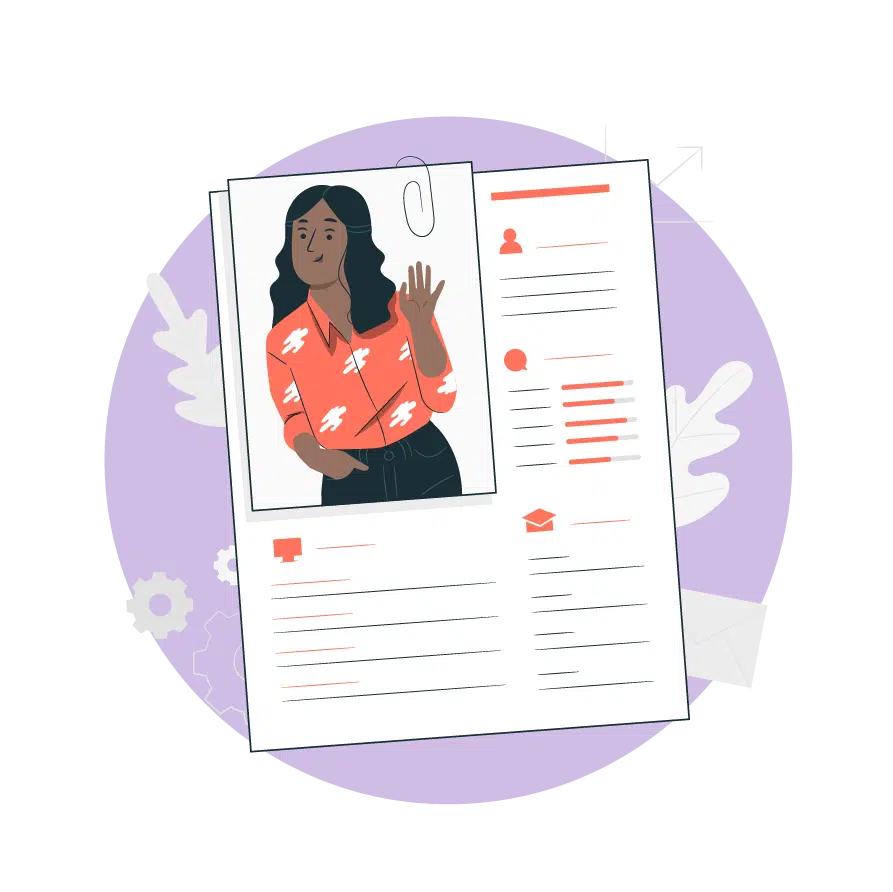


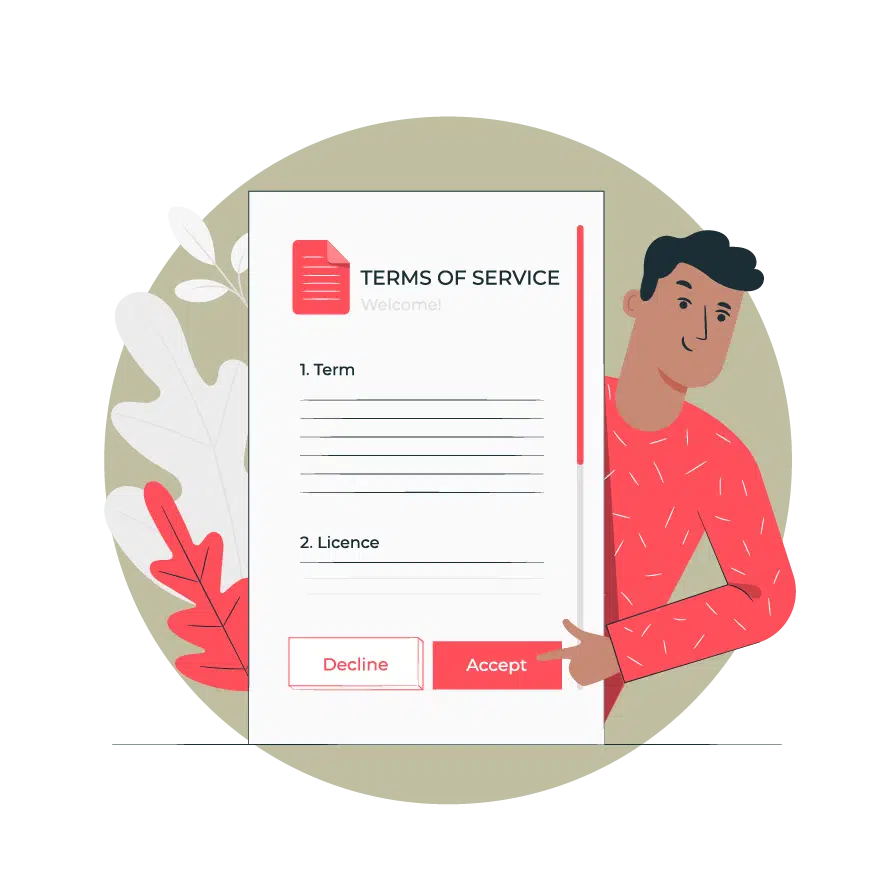


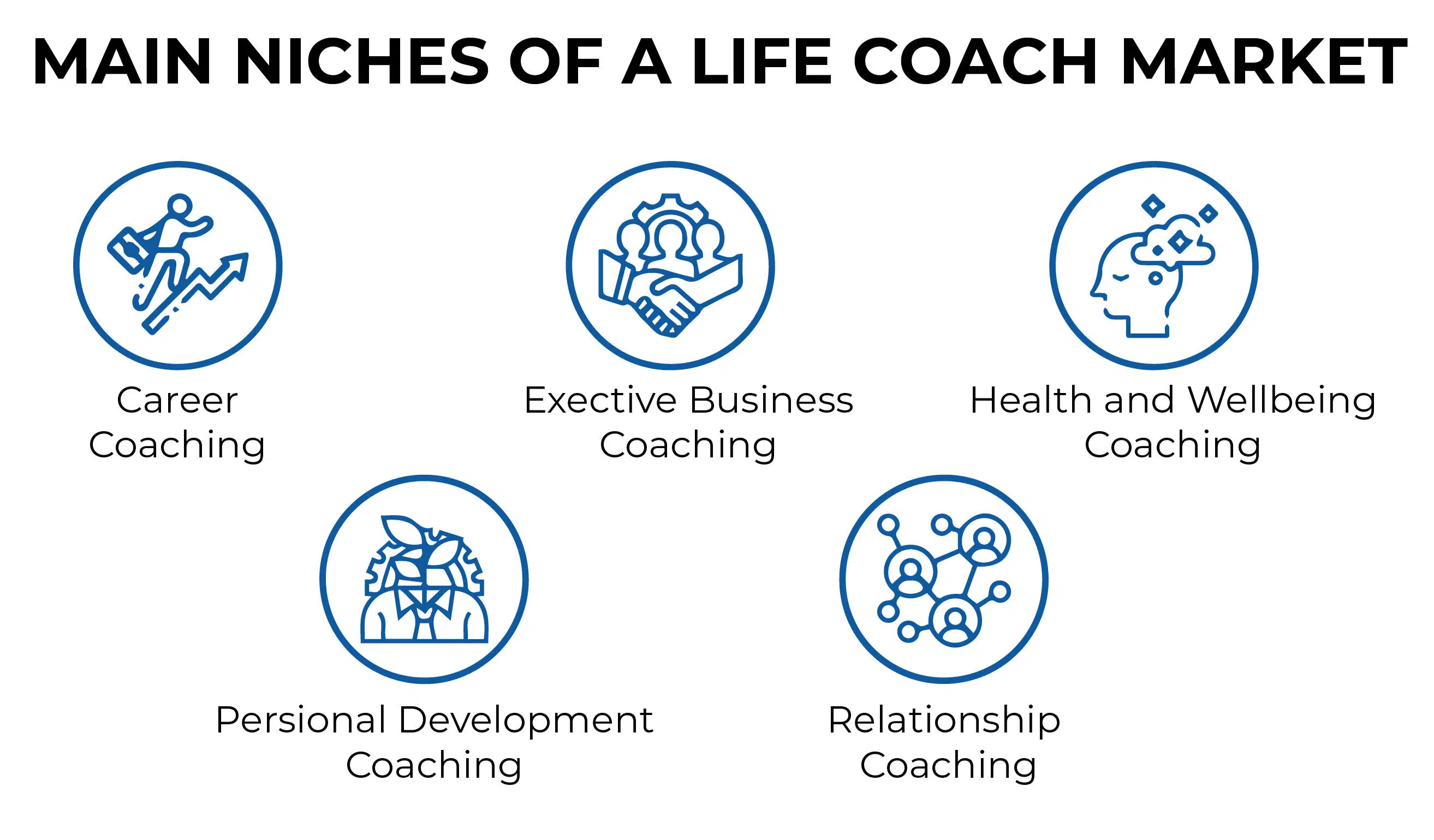


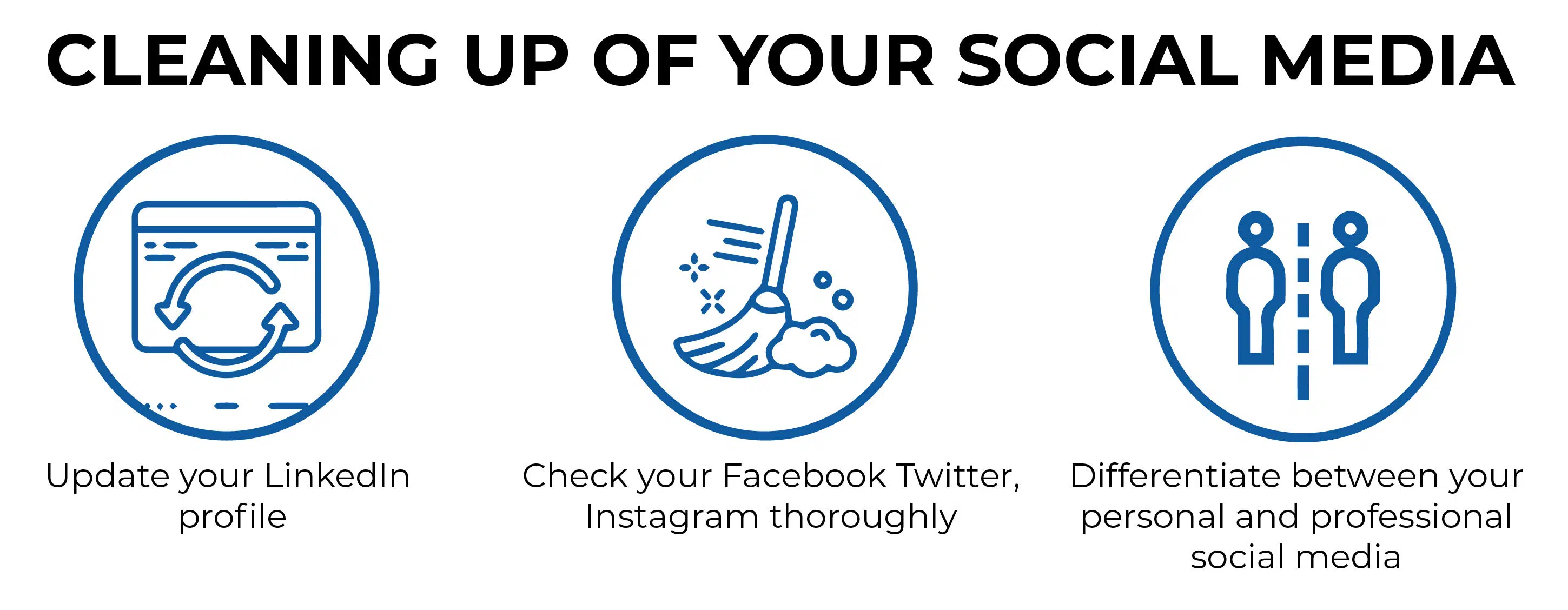




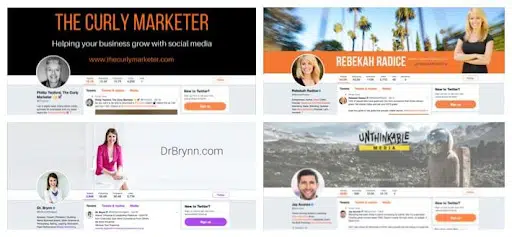
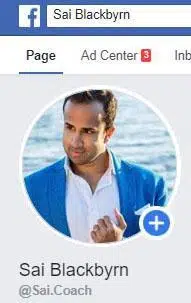
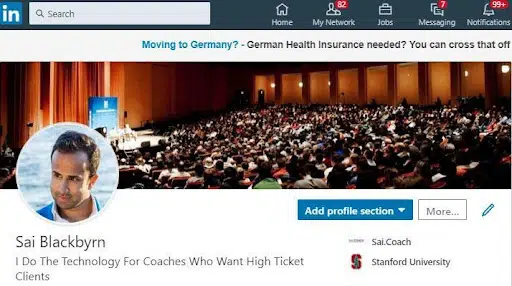
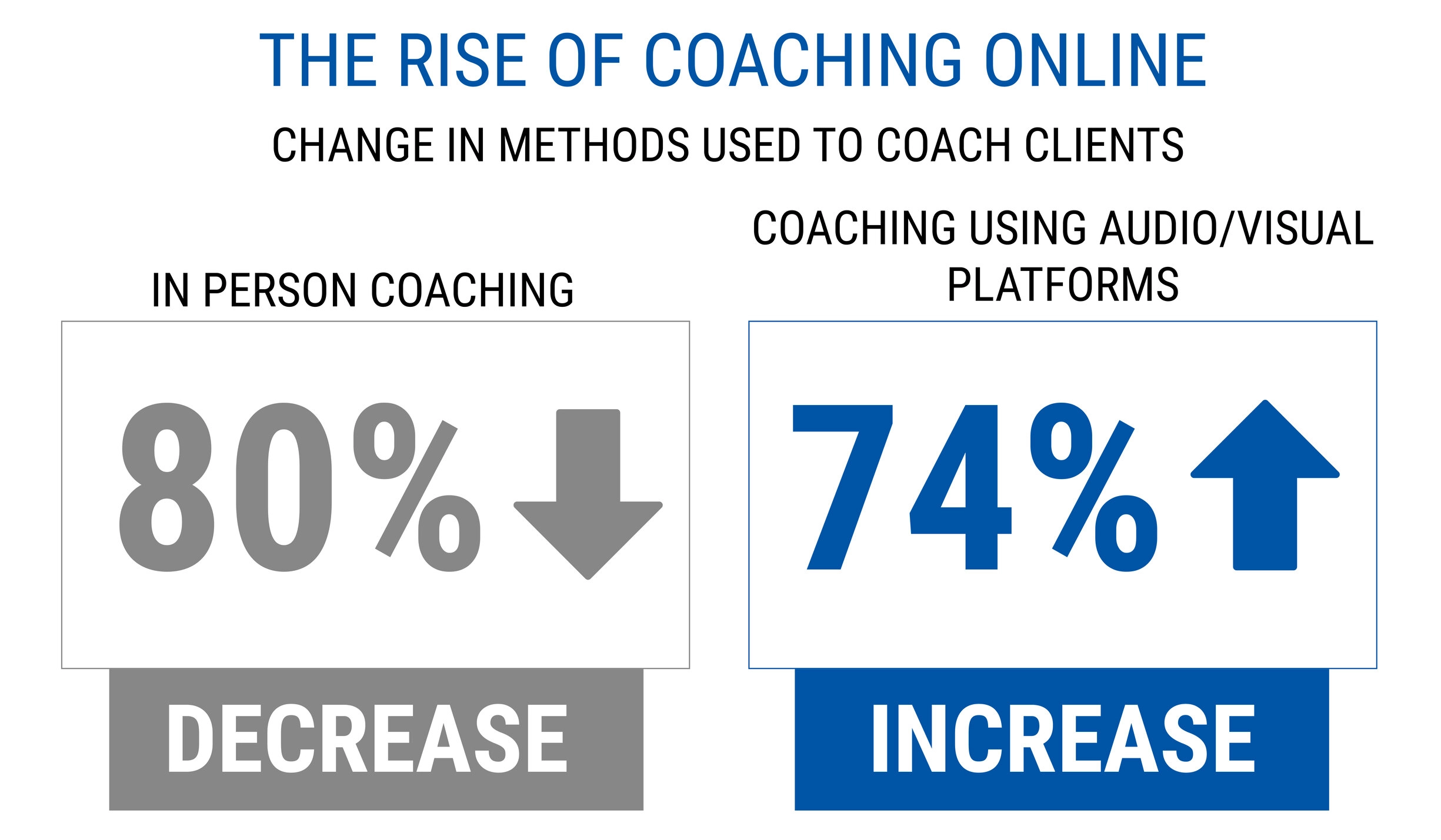
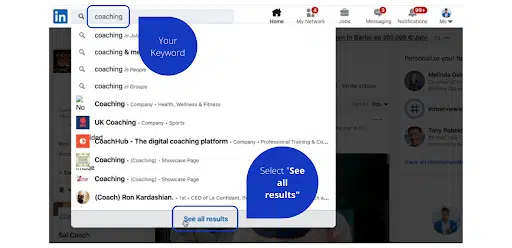

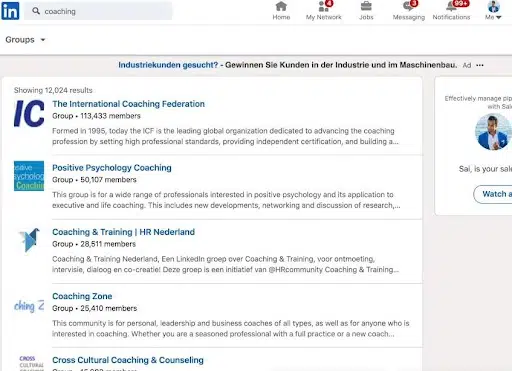
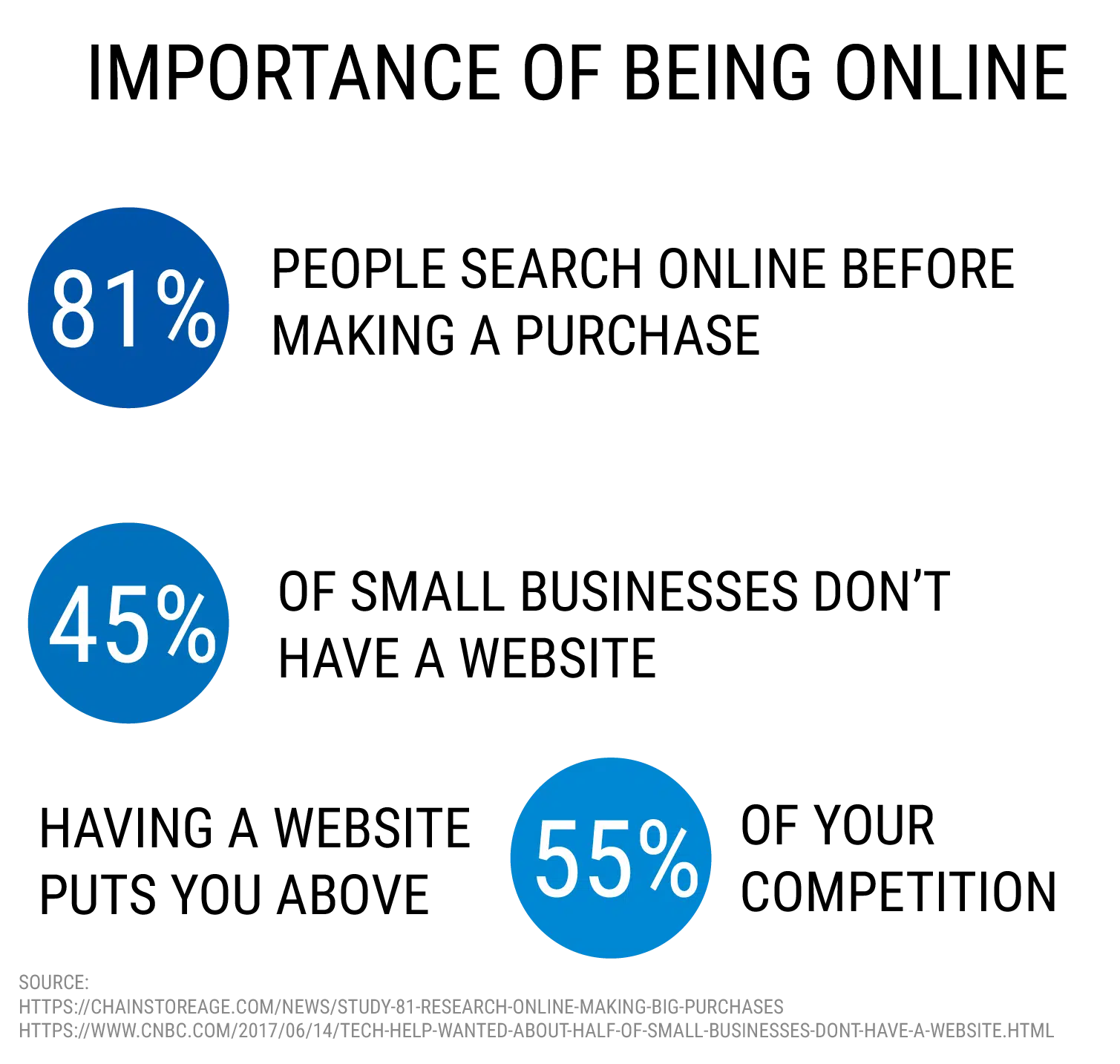

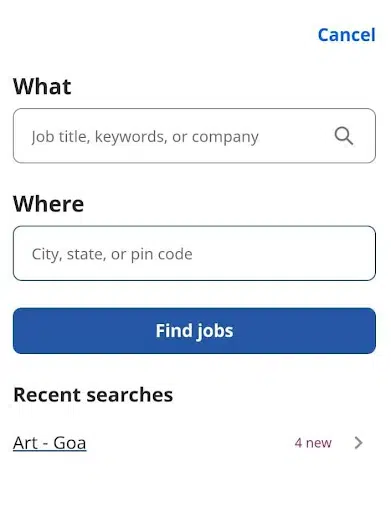
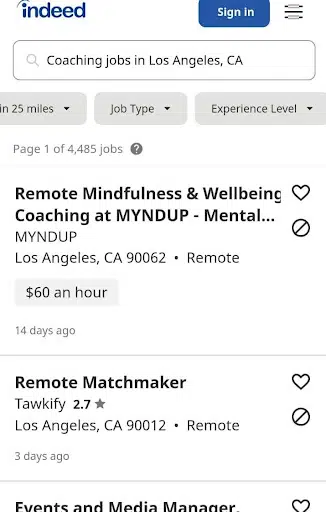
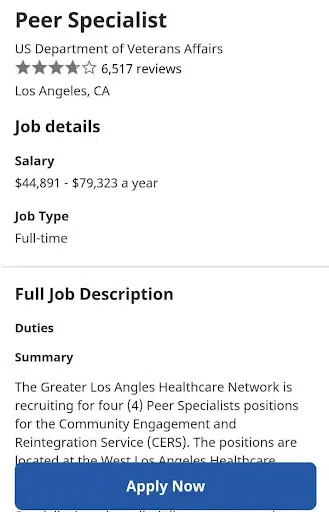

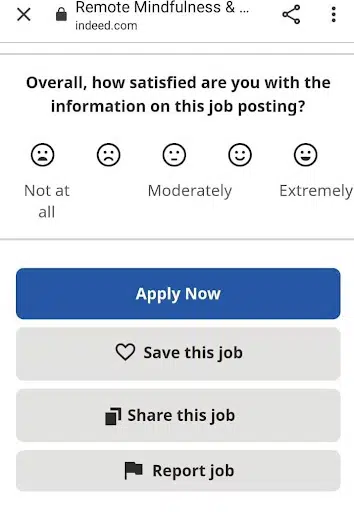
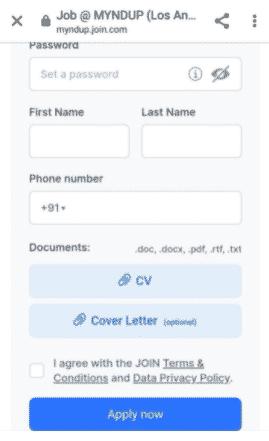
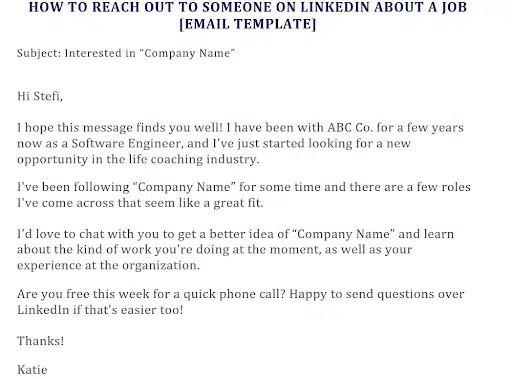
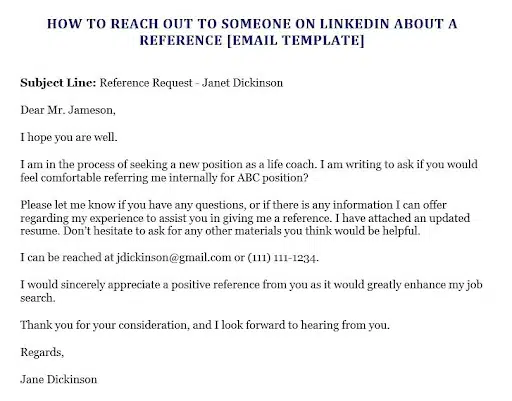
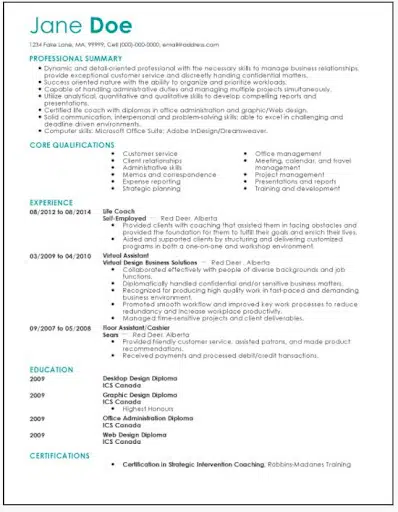
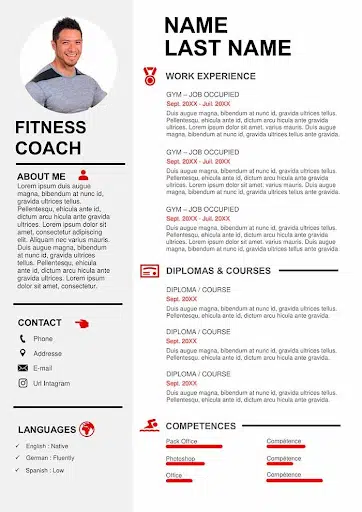
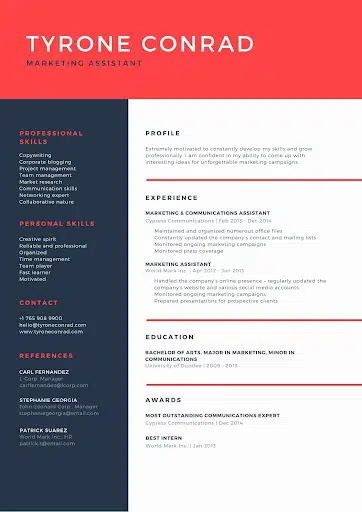


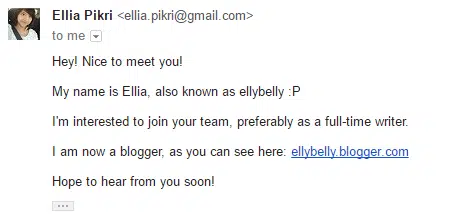





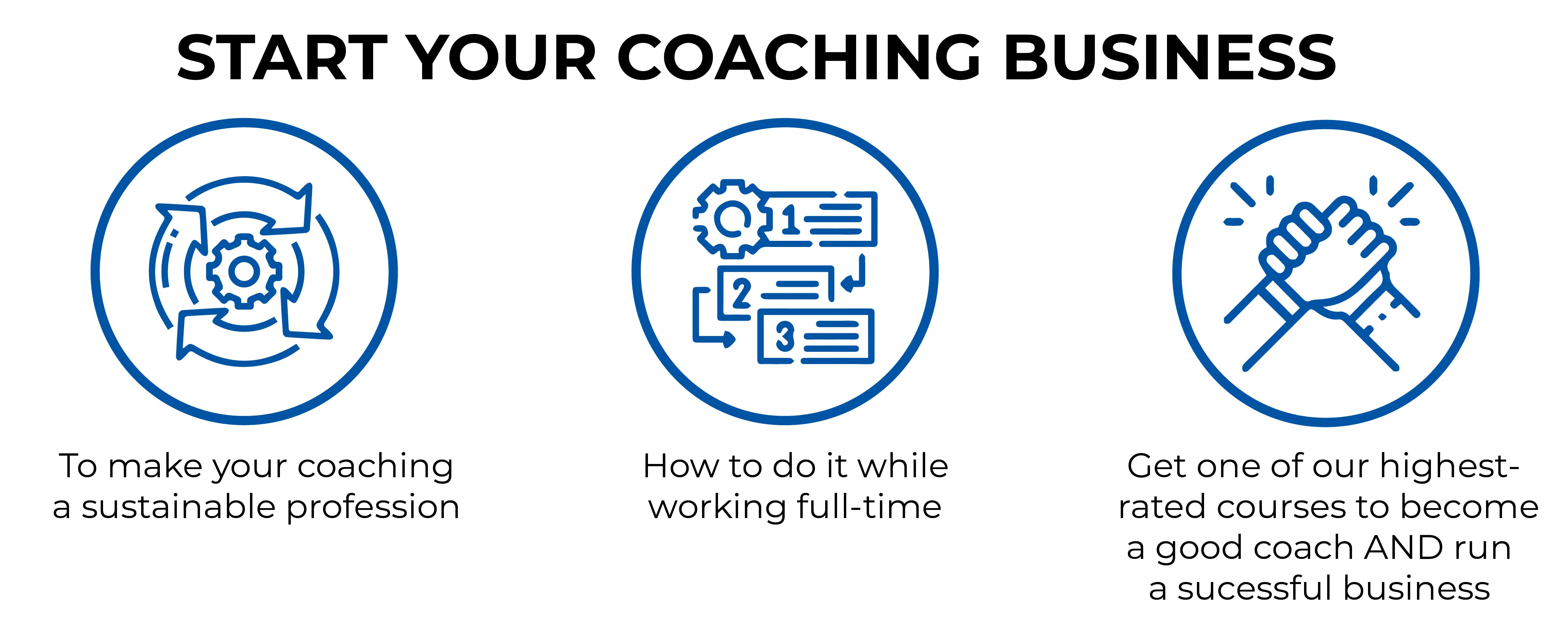
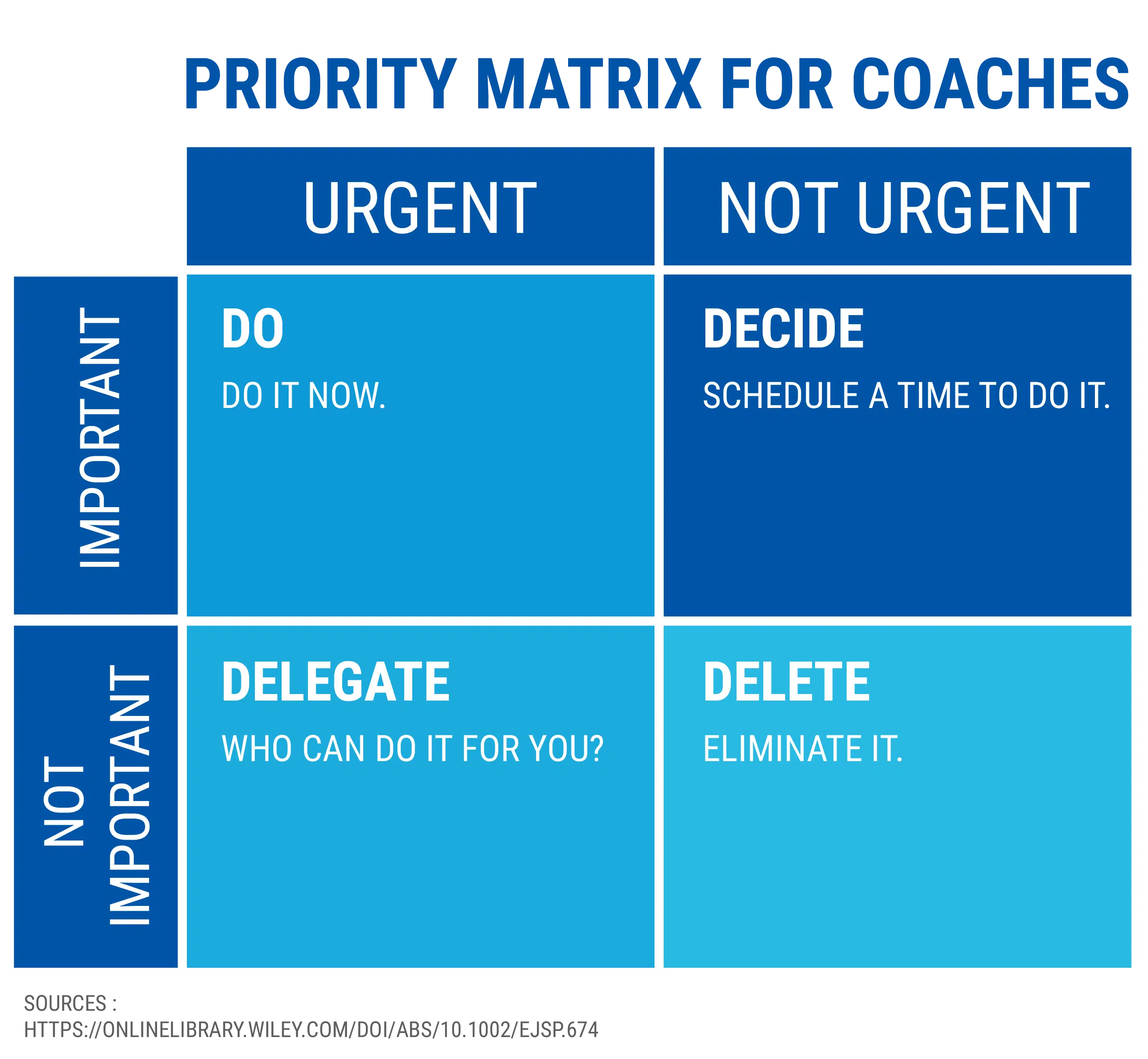
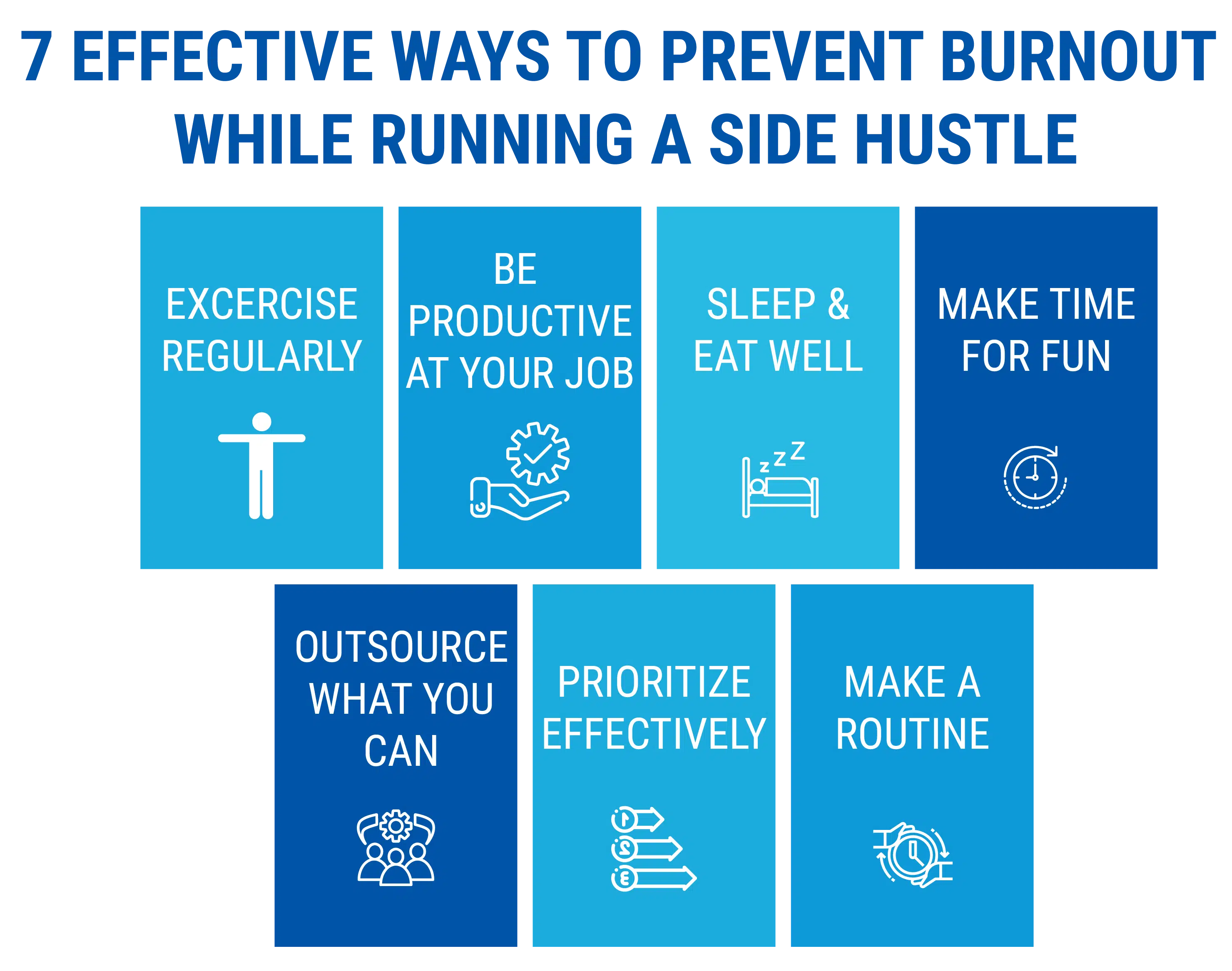
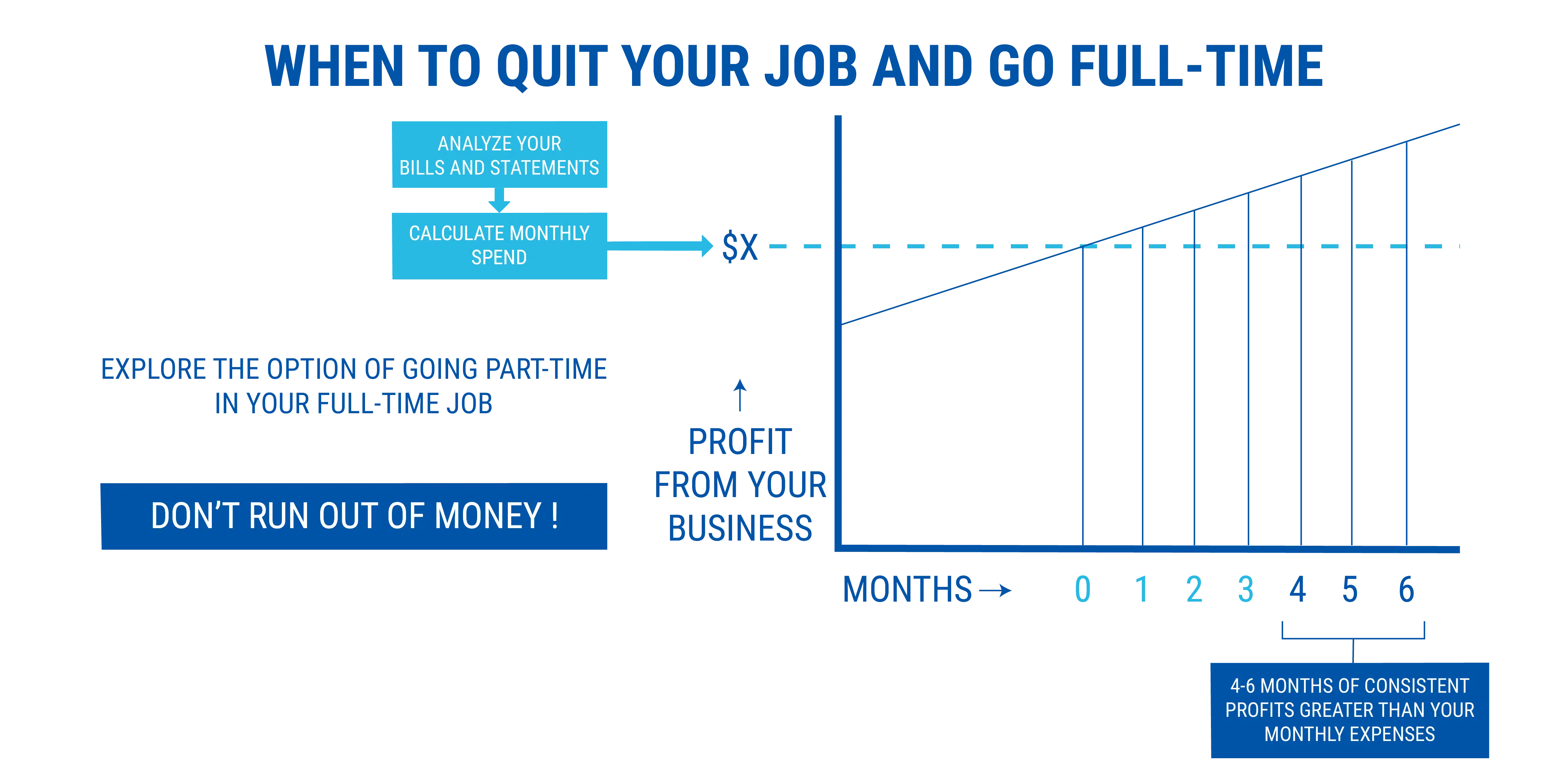
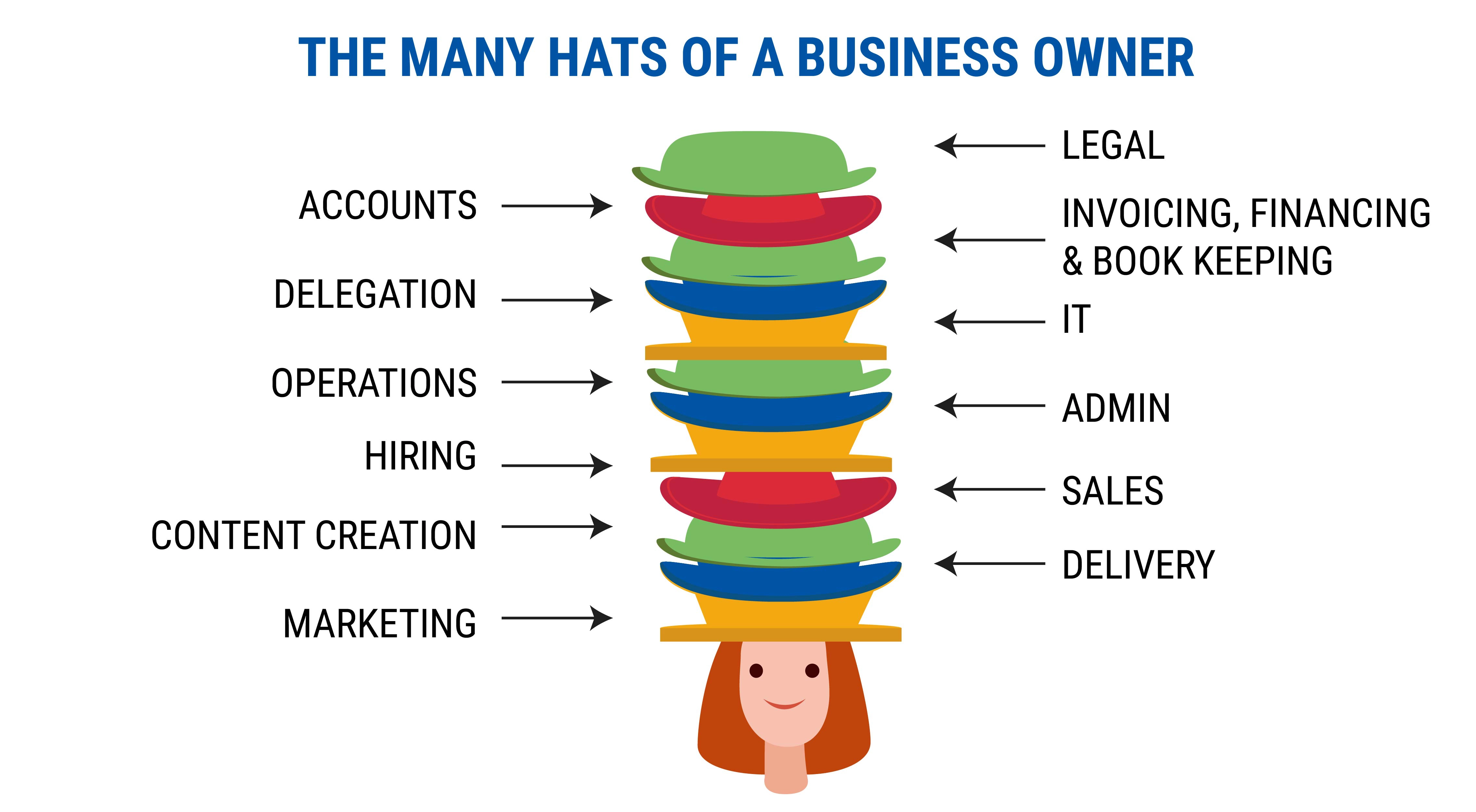





I really like how everything you say is backed by facts and statistics. This is informative yet engaging.
I started as a life coach in health and well-being niche, but after 5 years I changed my niche to personal development. You have given the guidance I once lacked. This will help so many confused souls like I once was. Thank you.
I’ve already started on the checklist, and it’s worked out pretty well so far. Thank you for such detailed information and helping me.
The practice questions to build confidence before an interview is seriously so effective. Thank you so much, Sai!
I remember when I started out as a business coach, I had so much confusion and lacked guidance. Good to know that this generation is in good hands, thanks to you!
I really appreciate how you have covered everything one might wonder about starting their own business, and also giving the push they need to start a coaching business.
I switched my coaching mode from offline to online, and this made a tremendous change. I seriously can’t thank you enough!
The steps mentioned to make resumes really helped me out. Thank you
Checking documents before signing is crucial yet some people skip over this step. Thank you for including such an important step here.
I guarantee if people make such checklists for career even other than coaching, they will 100% be successful in it. You have given a fool-proof plan to win in life!
I’m really glad that you provide such content-rich articles and encourage people to follow their passion. It’s truly a blessing.
Cleaning social media is necessary for everyone. This is useful for everyone at any age. Thank you Sai!
I love how easy it is to follow through your content, how every task is broken down into steps, and it really highlights your expertise as a coach. This is the example of true coaching!
Thank you Sai for inspiring, motivating and providing tips for me to be a better coach and improve my business.
There’s always something for everyone in your articles. Thank you very much for providing quality content.